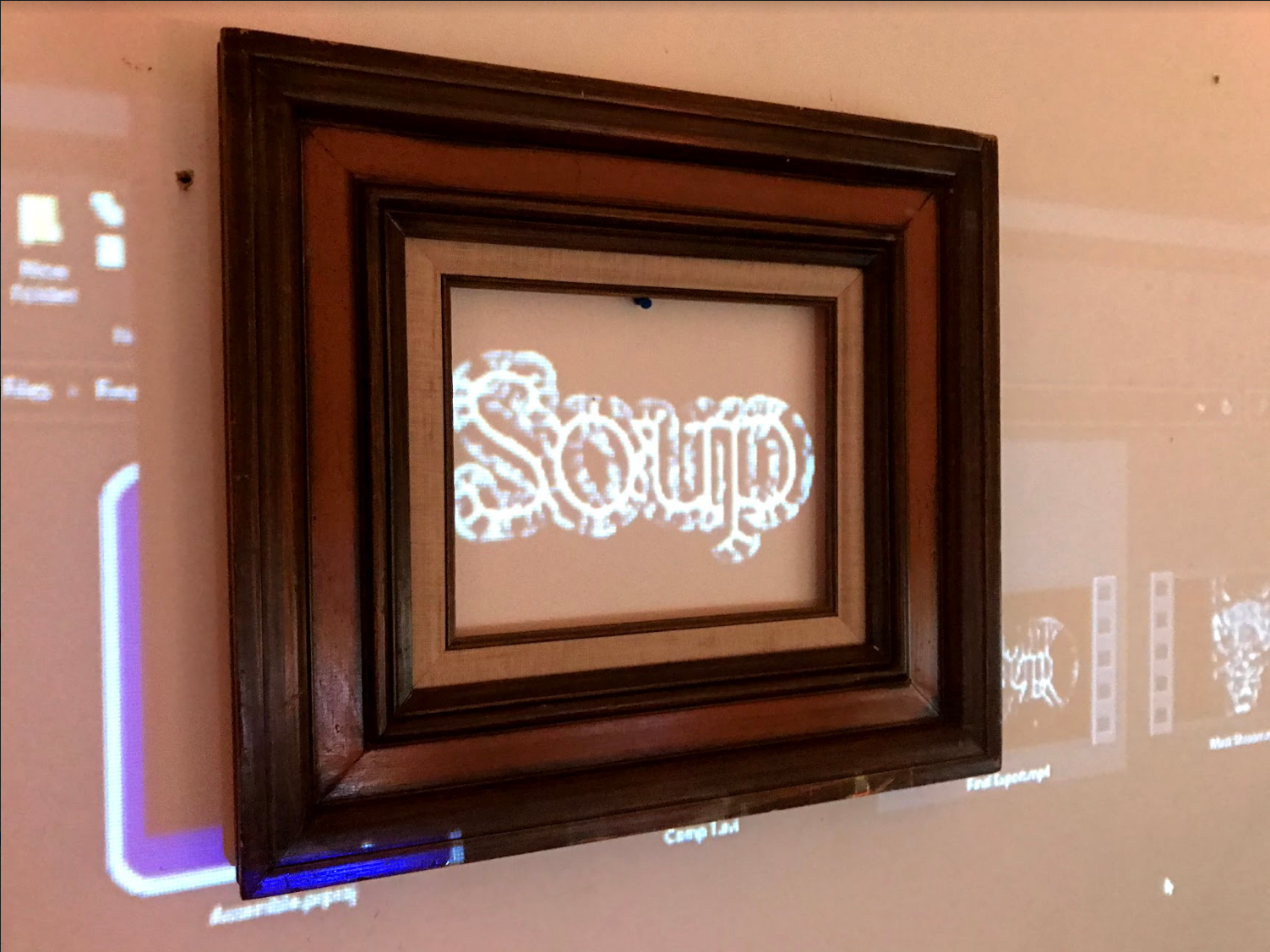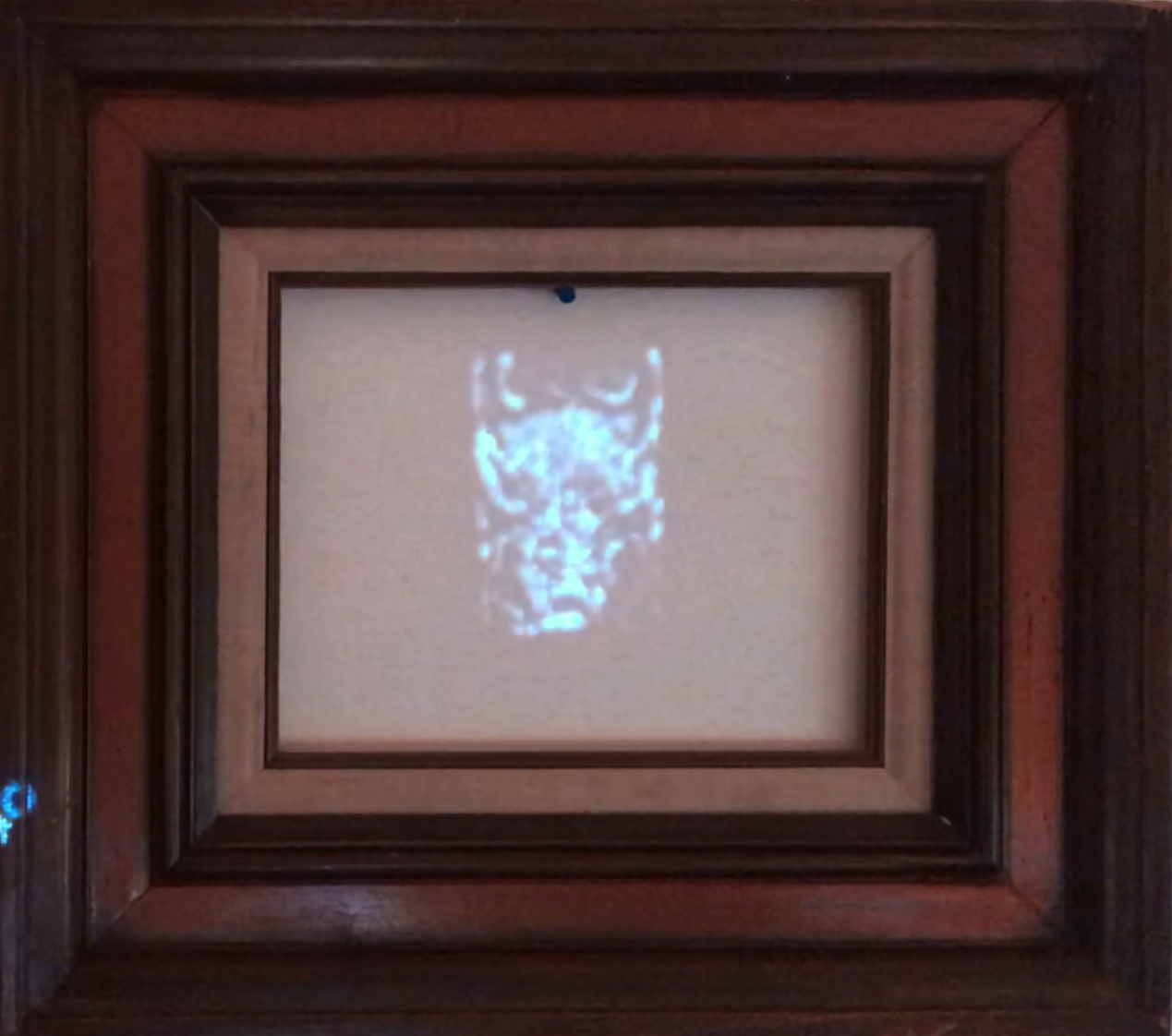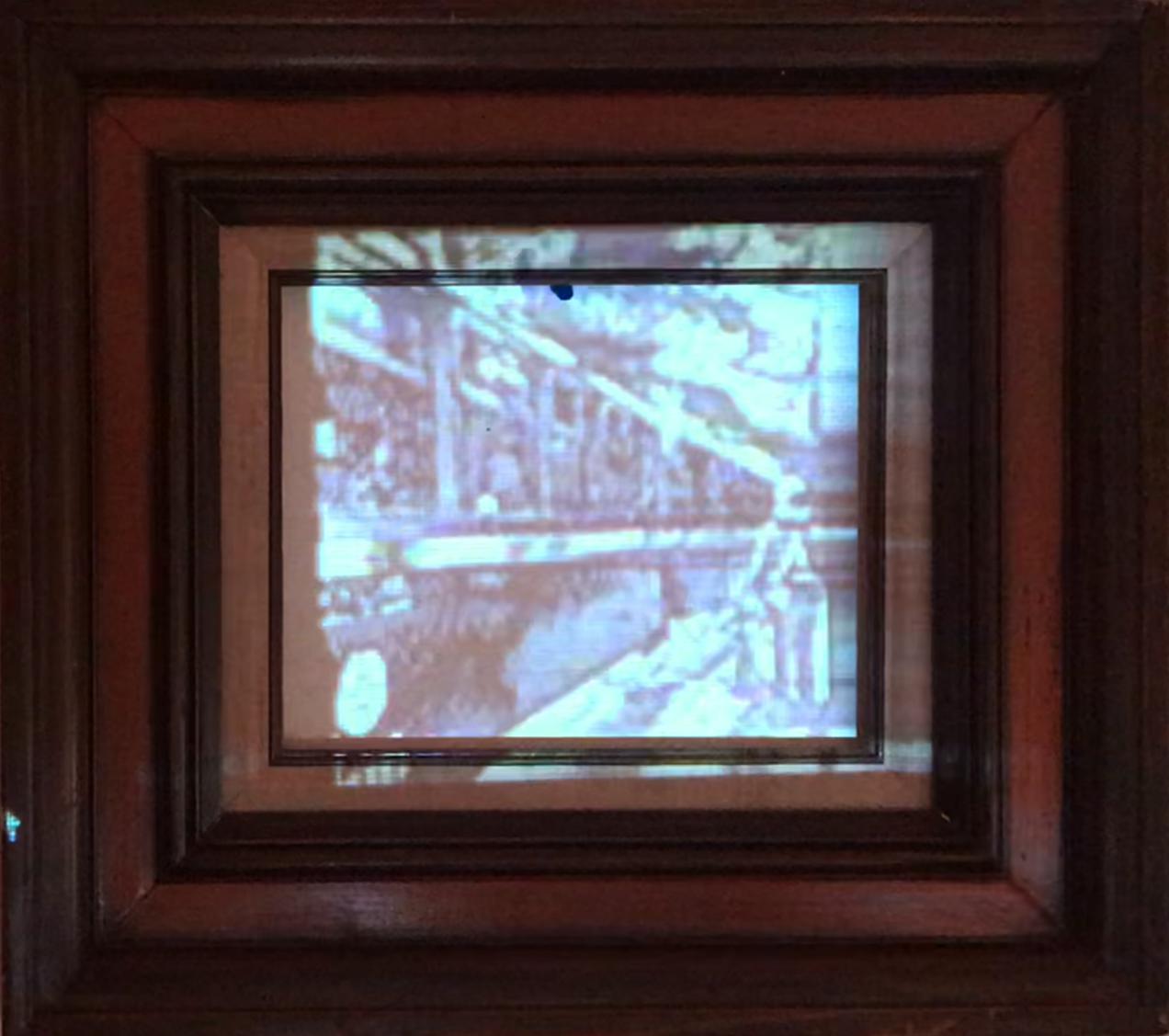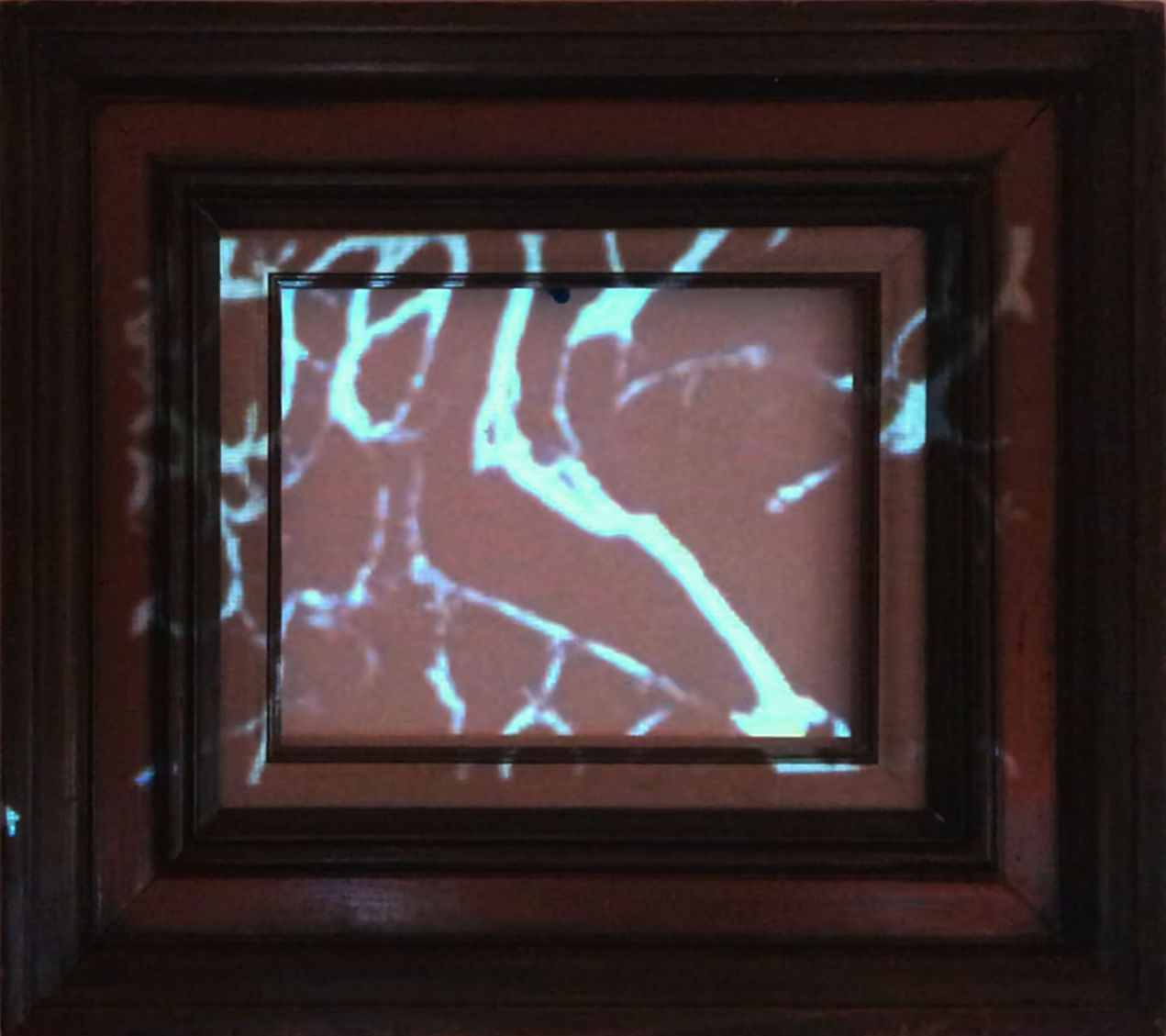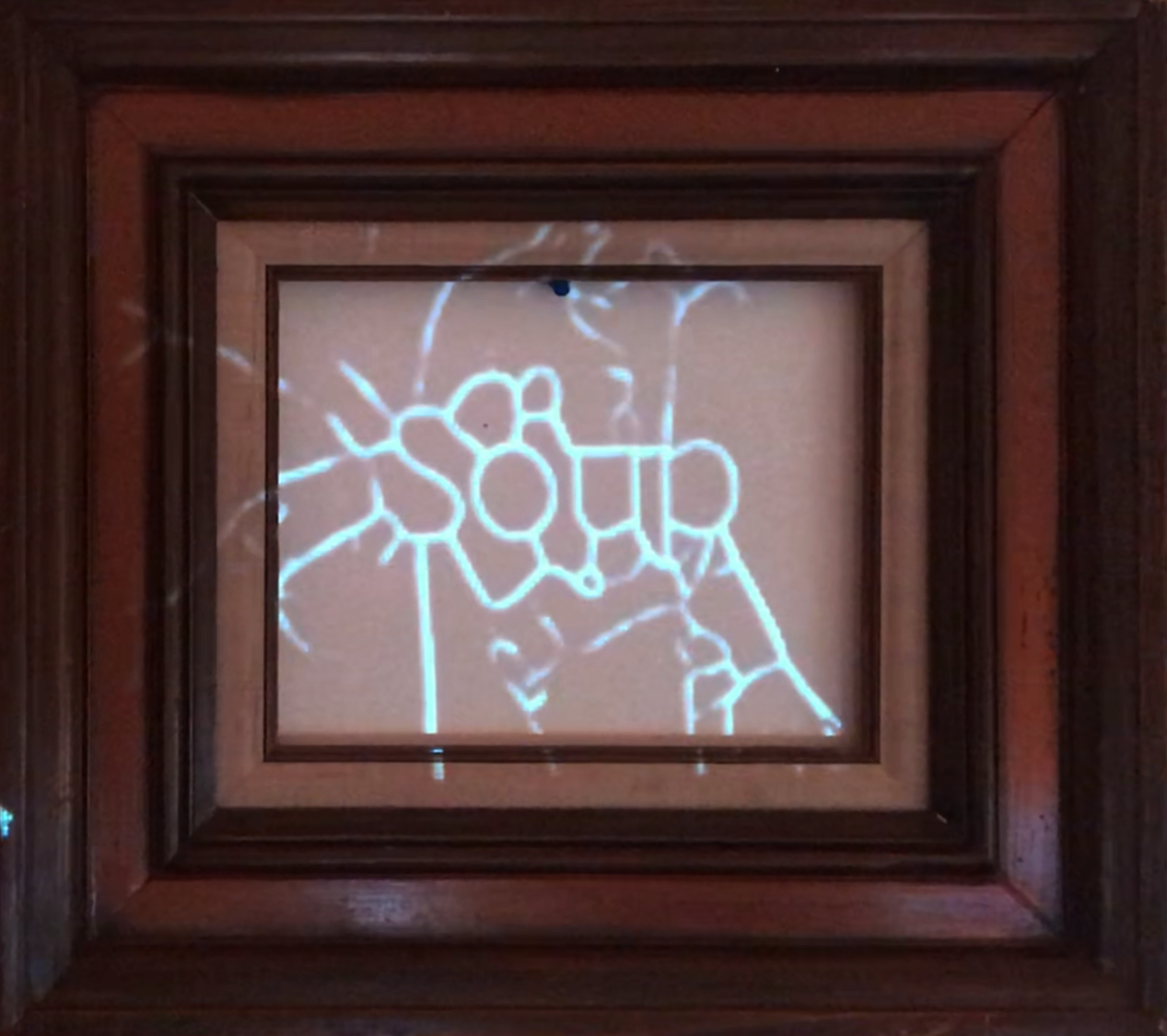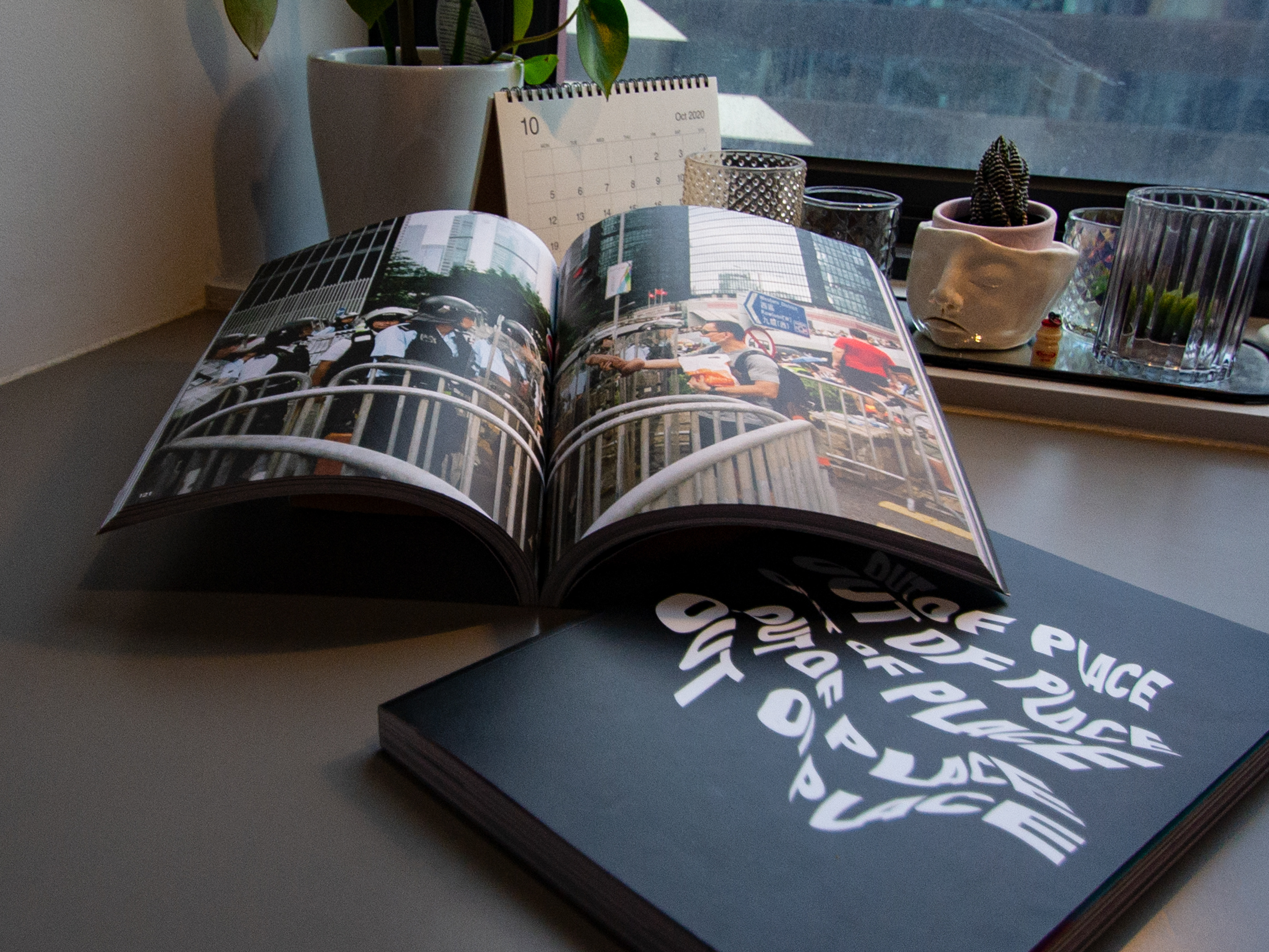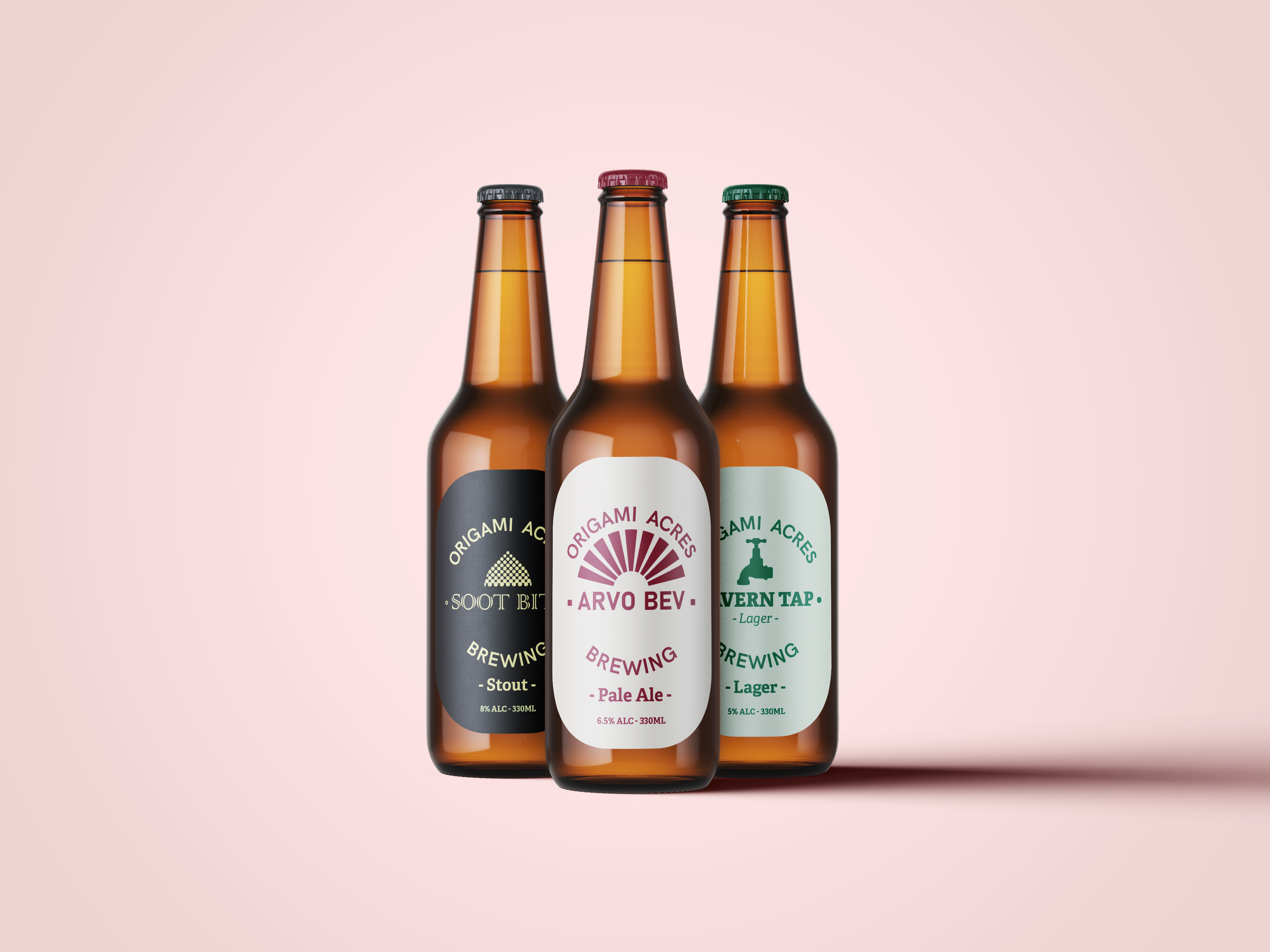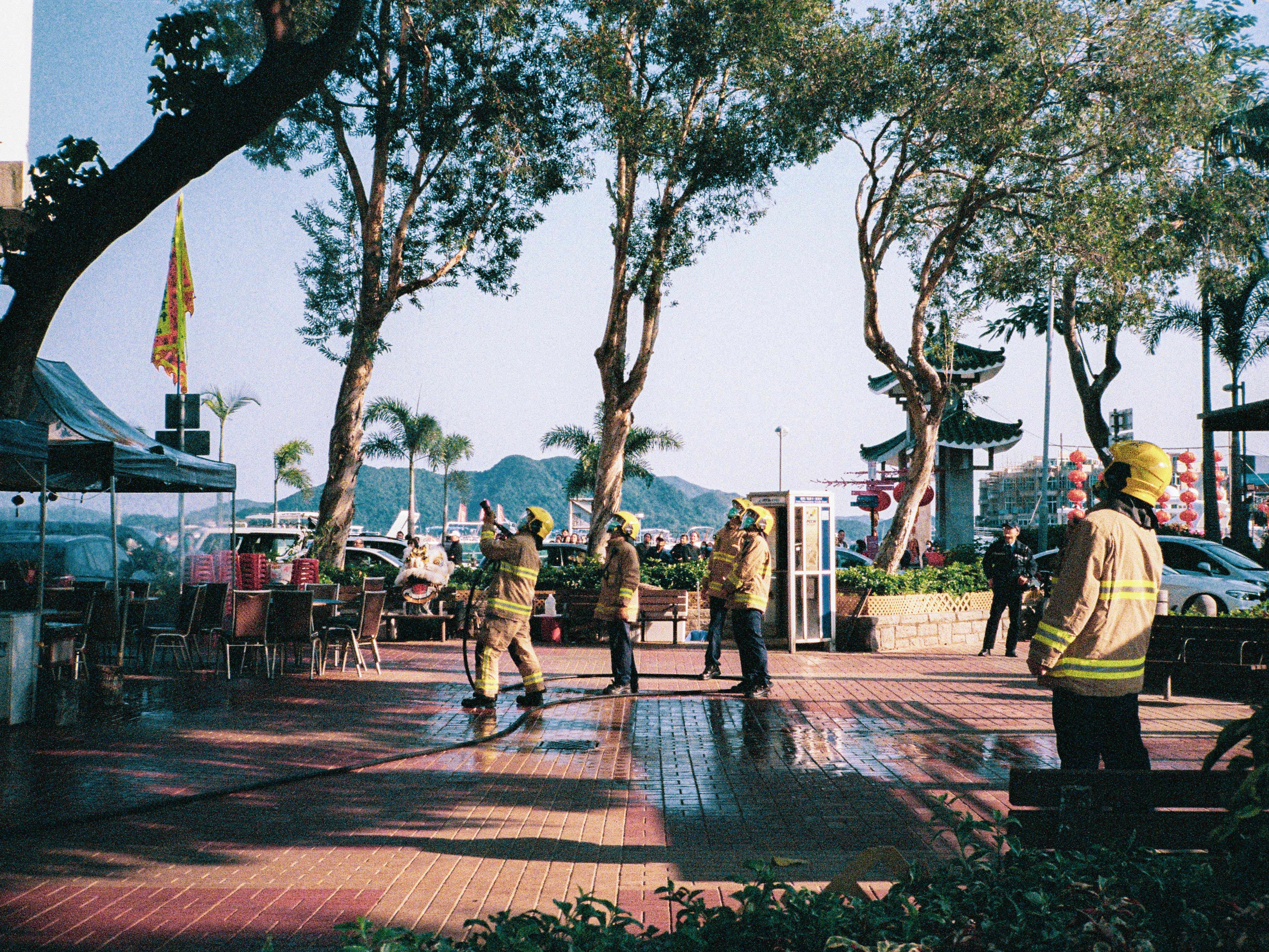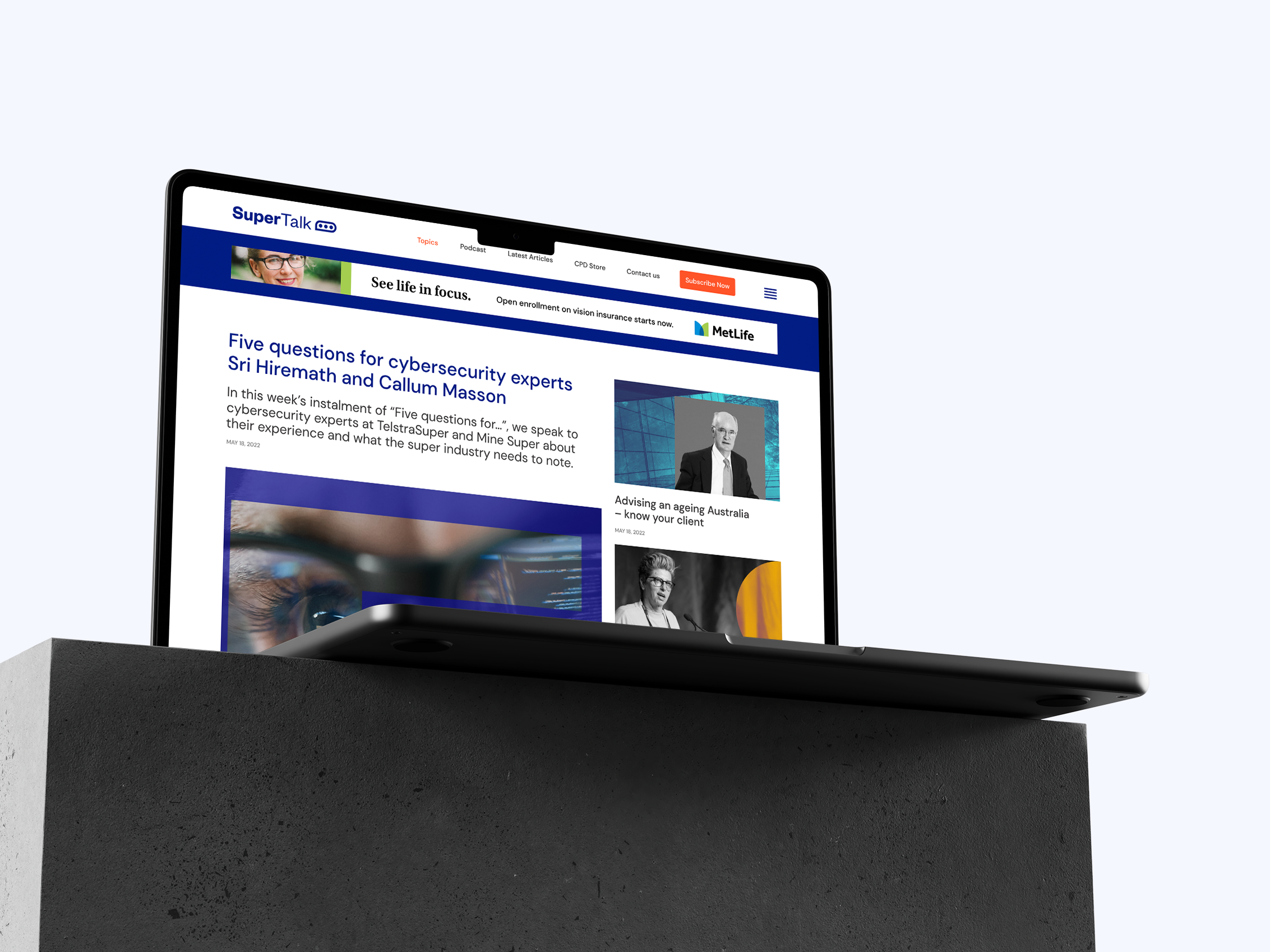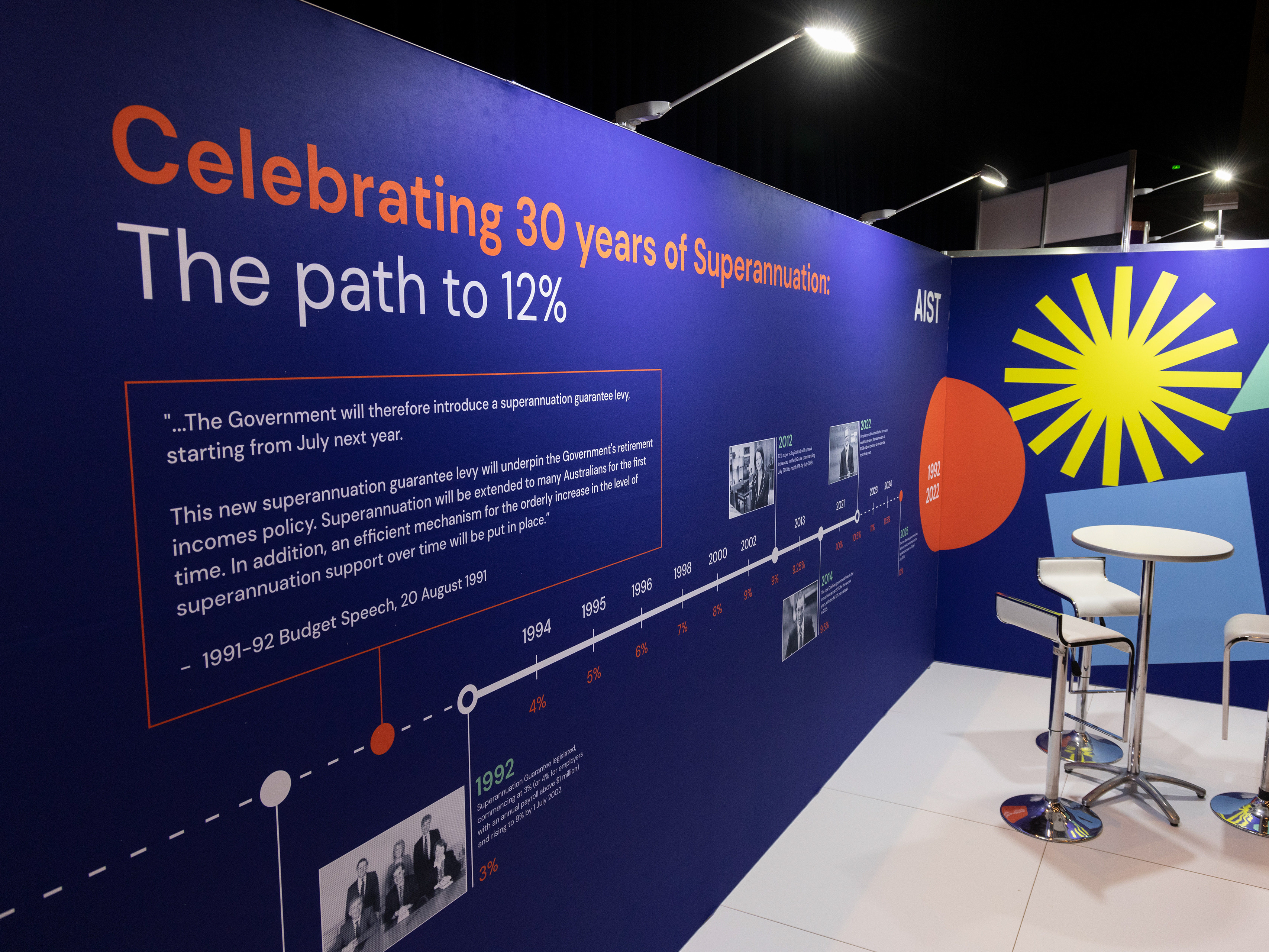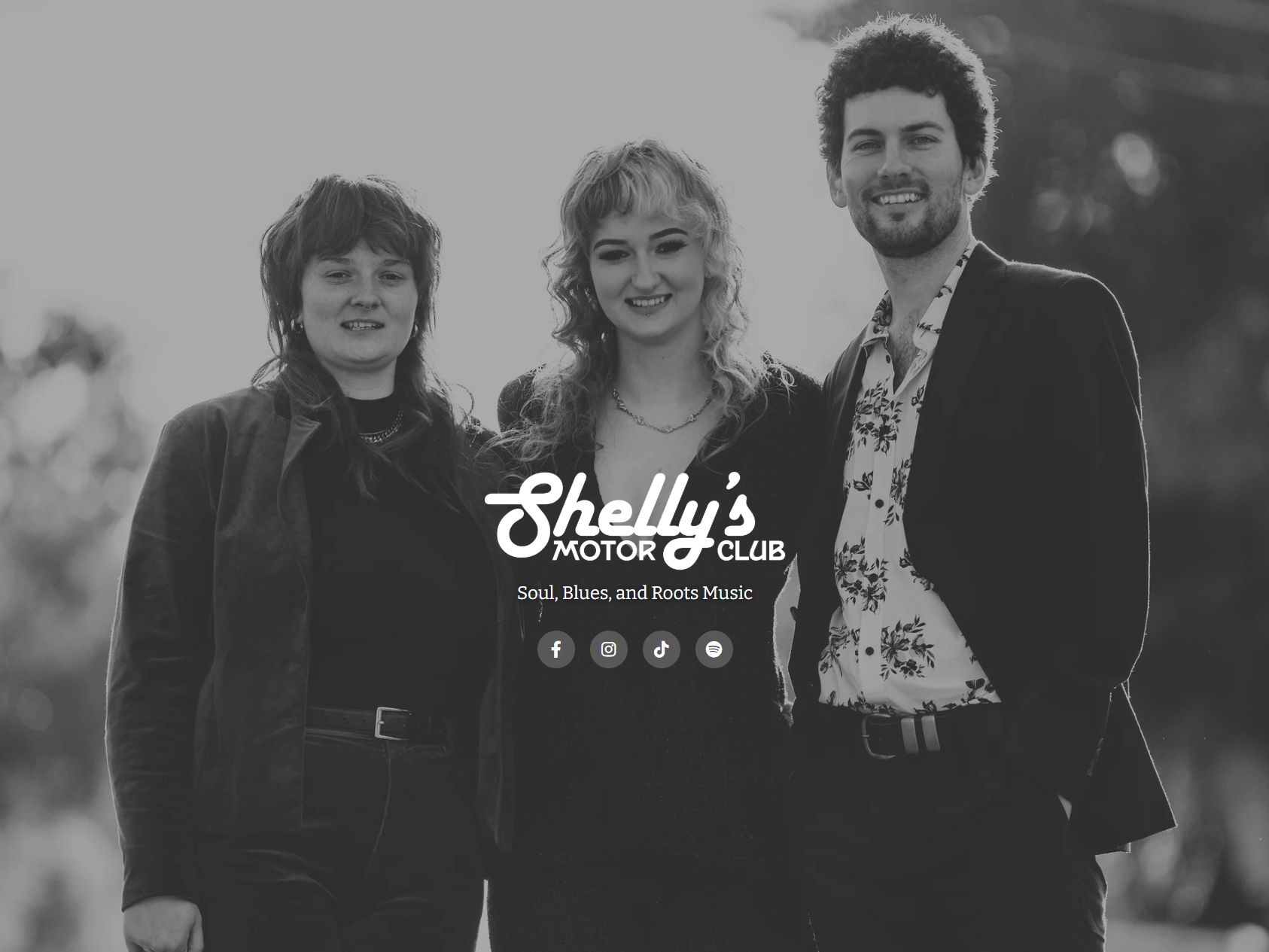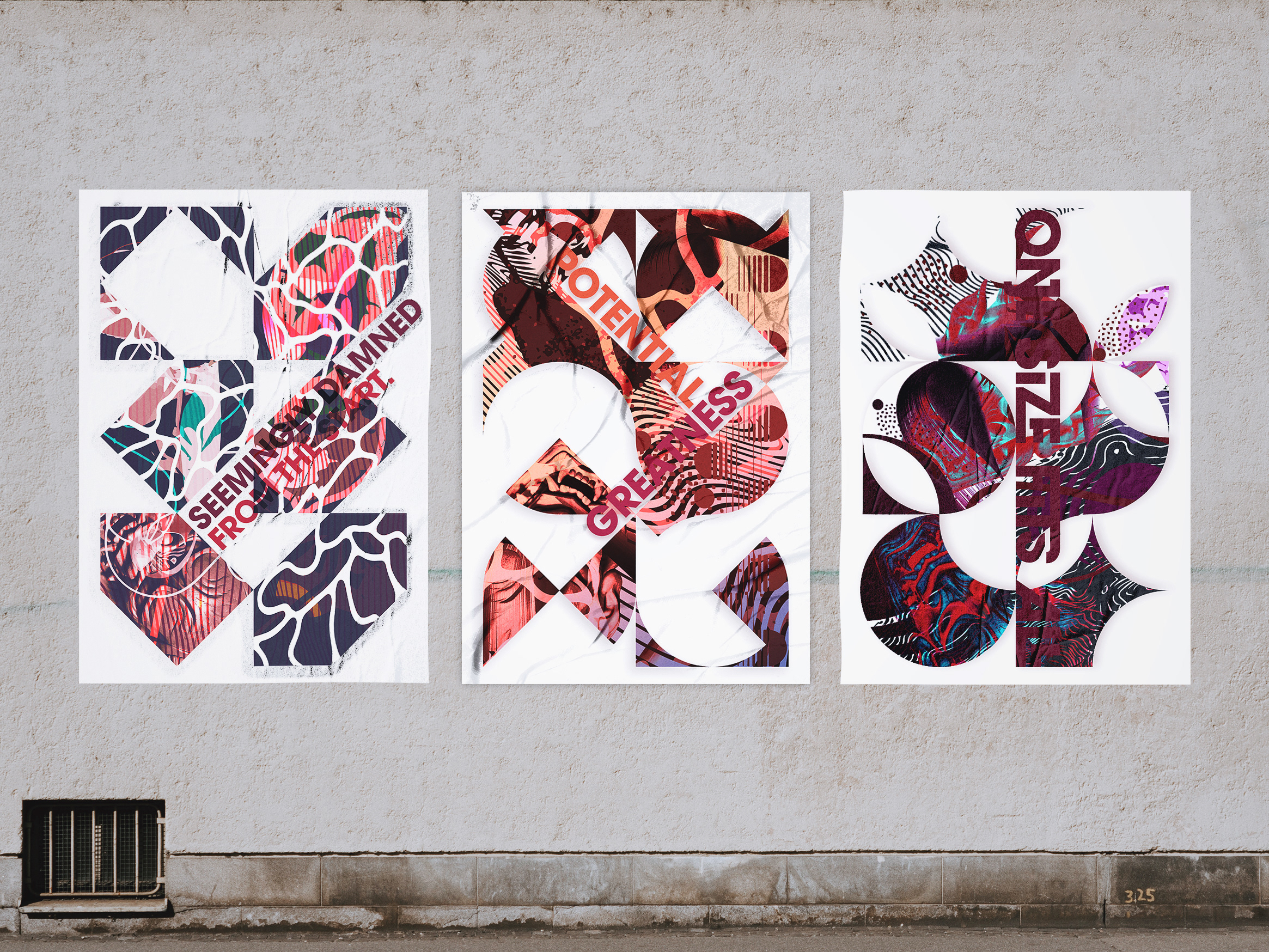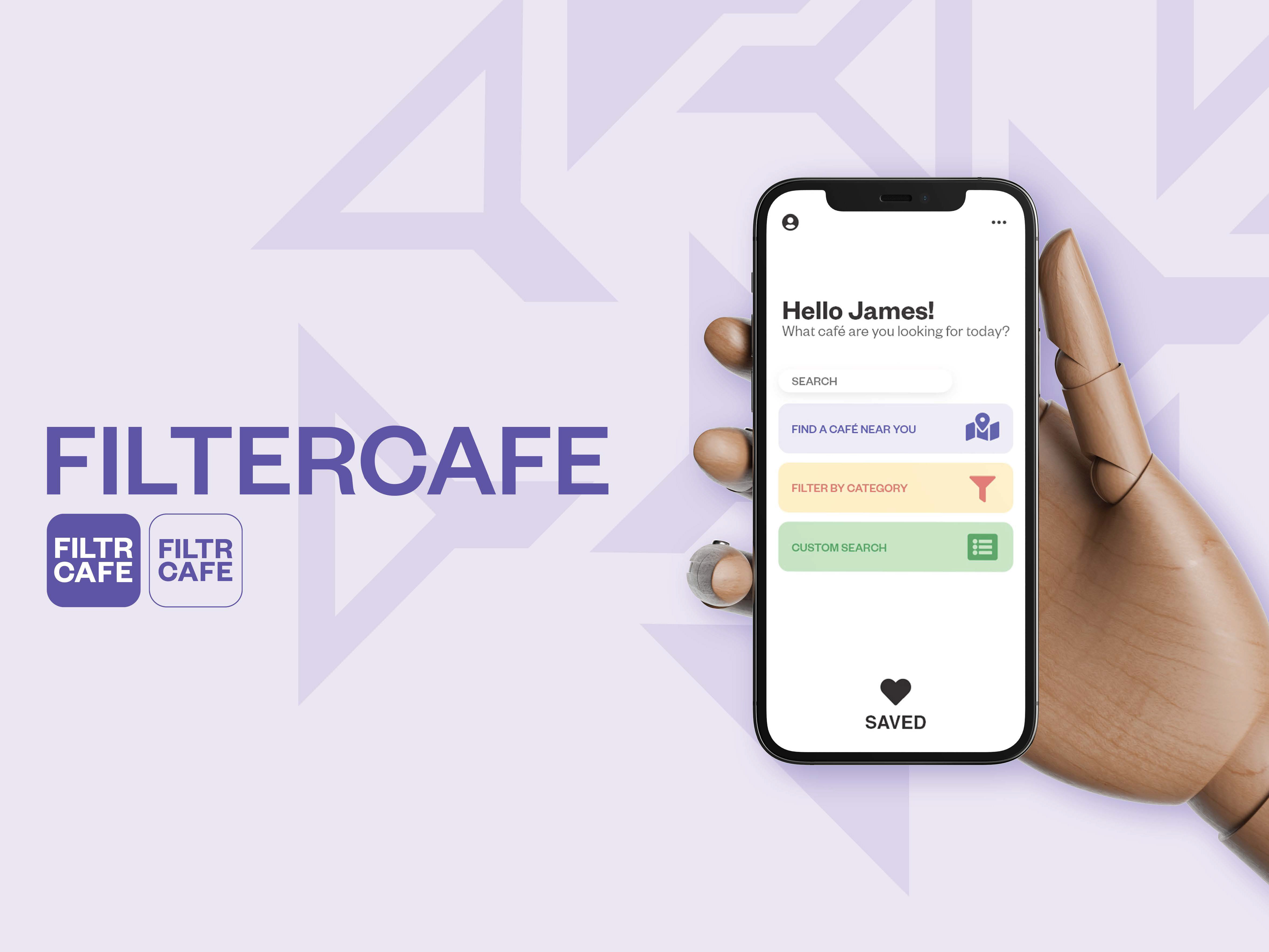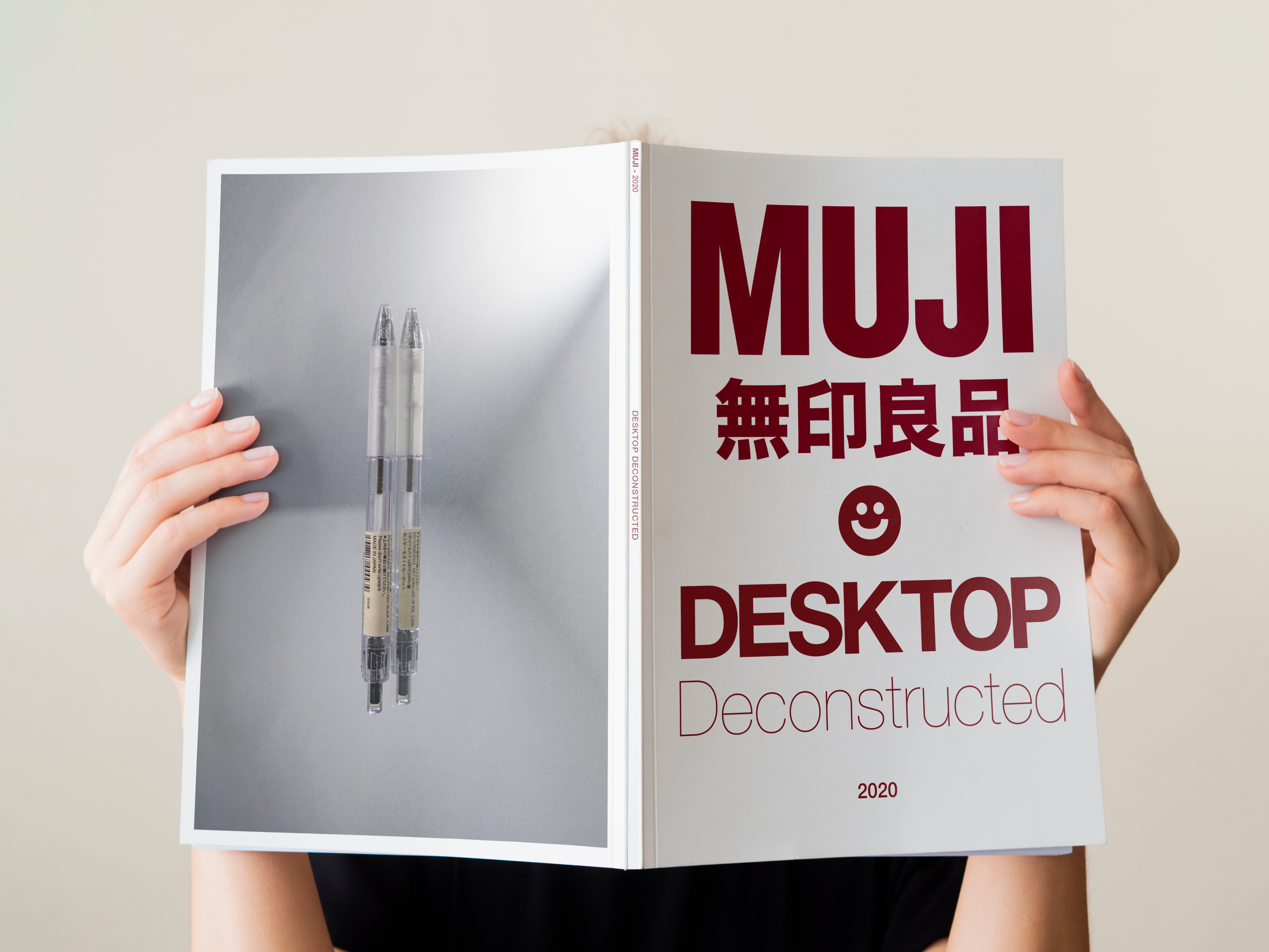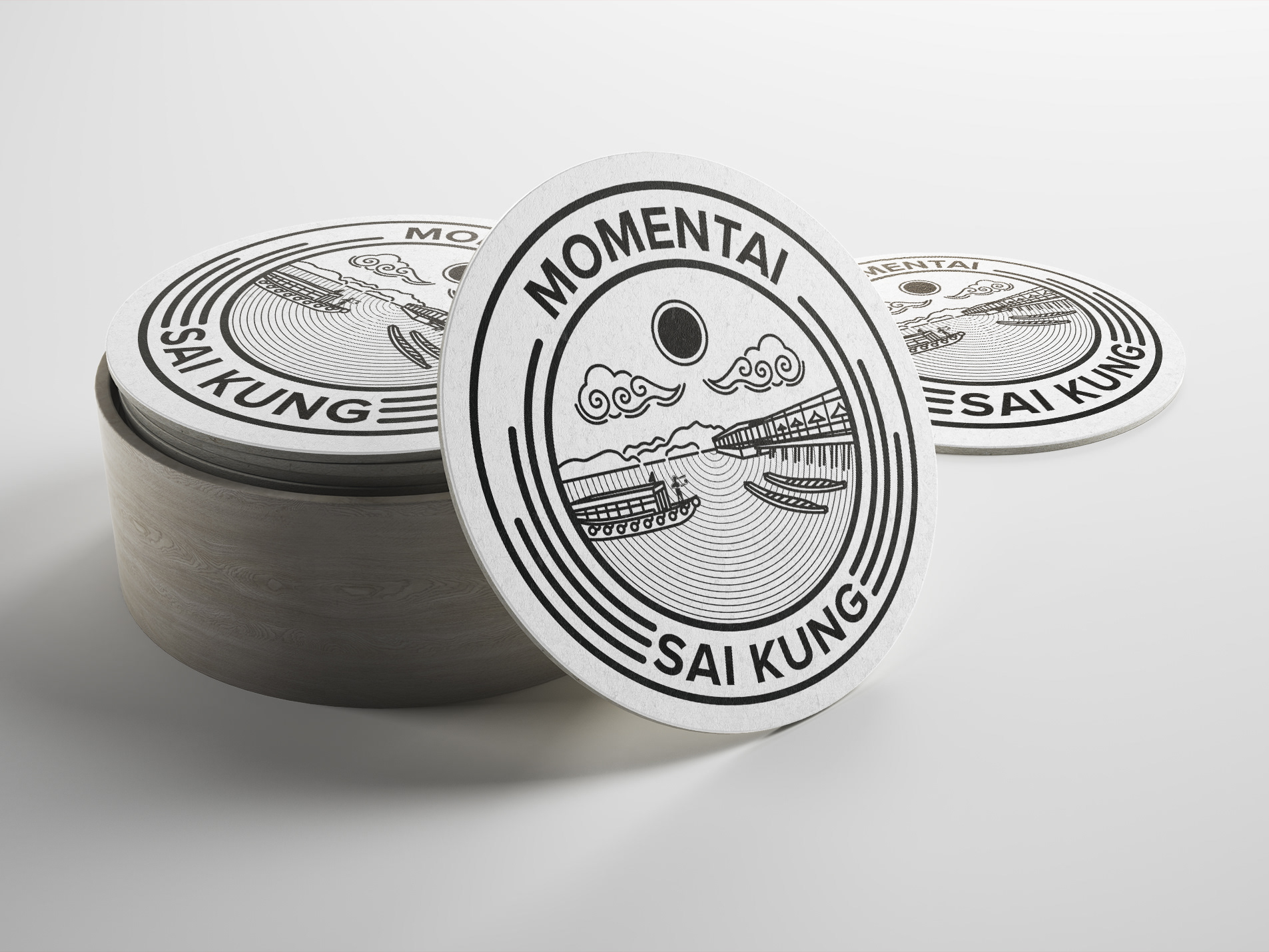What does it mean to be alive?
What does it mean to be die?
What is the meaning of being alive?
At what level does something become something?
By what definition can you bring new life to something?
What dictates the longevity of somethings life?
In the big picture of life and death, how does our consciousness set us apart?
What does it mean for information and media to die?
How does information or media die and what happens to it?
What similarities do we share with the media we create?
How and why did I address this?
How have technological advancements affected the durability of our collective consciousness?
As humans, how does our ability to perceive the universe dictate our metric for what life, death and
meaning constitutes?
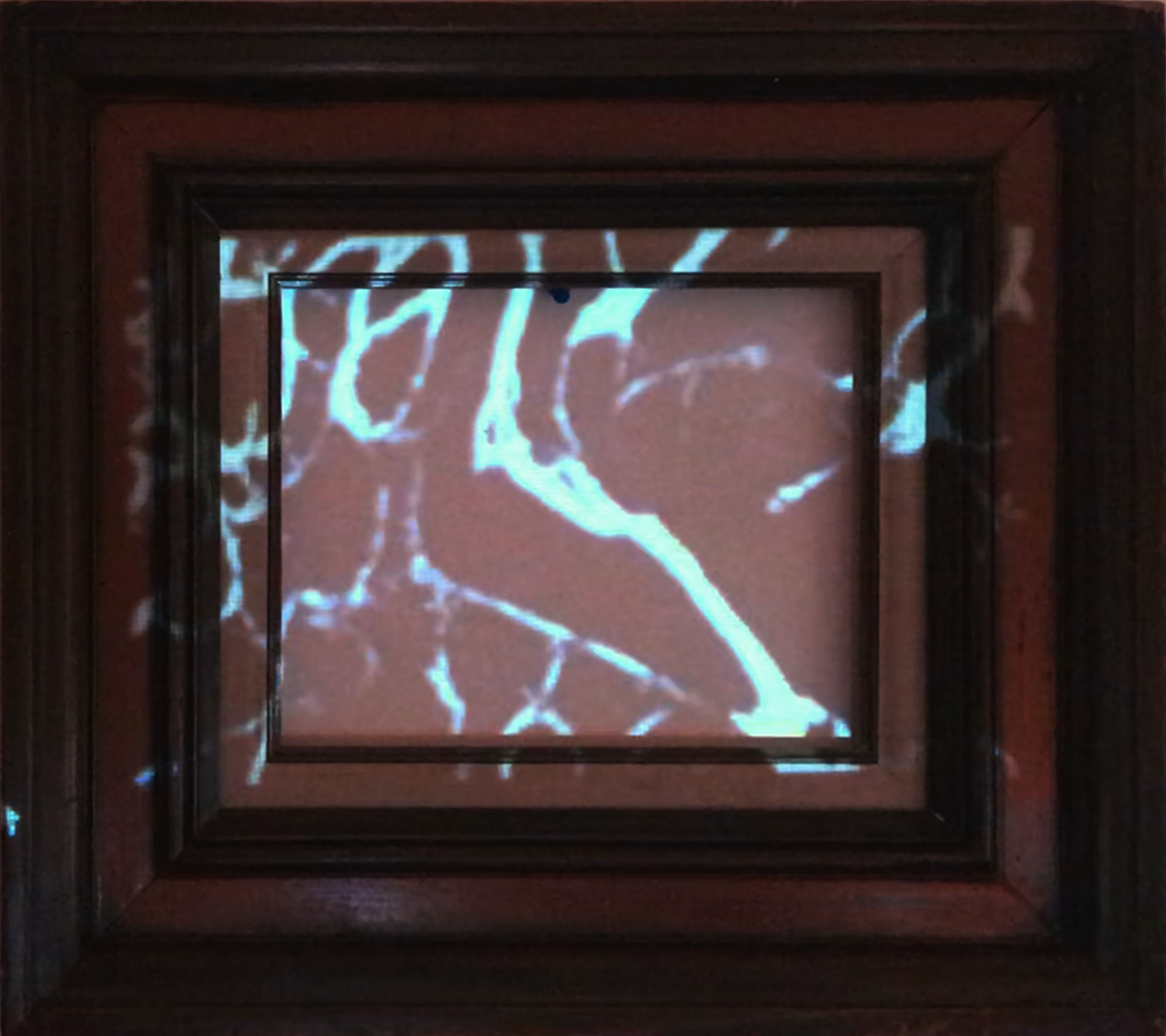
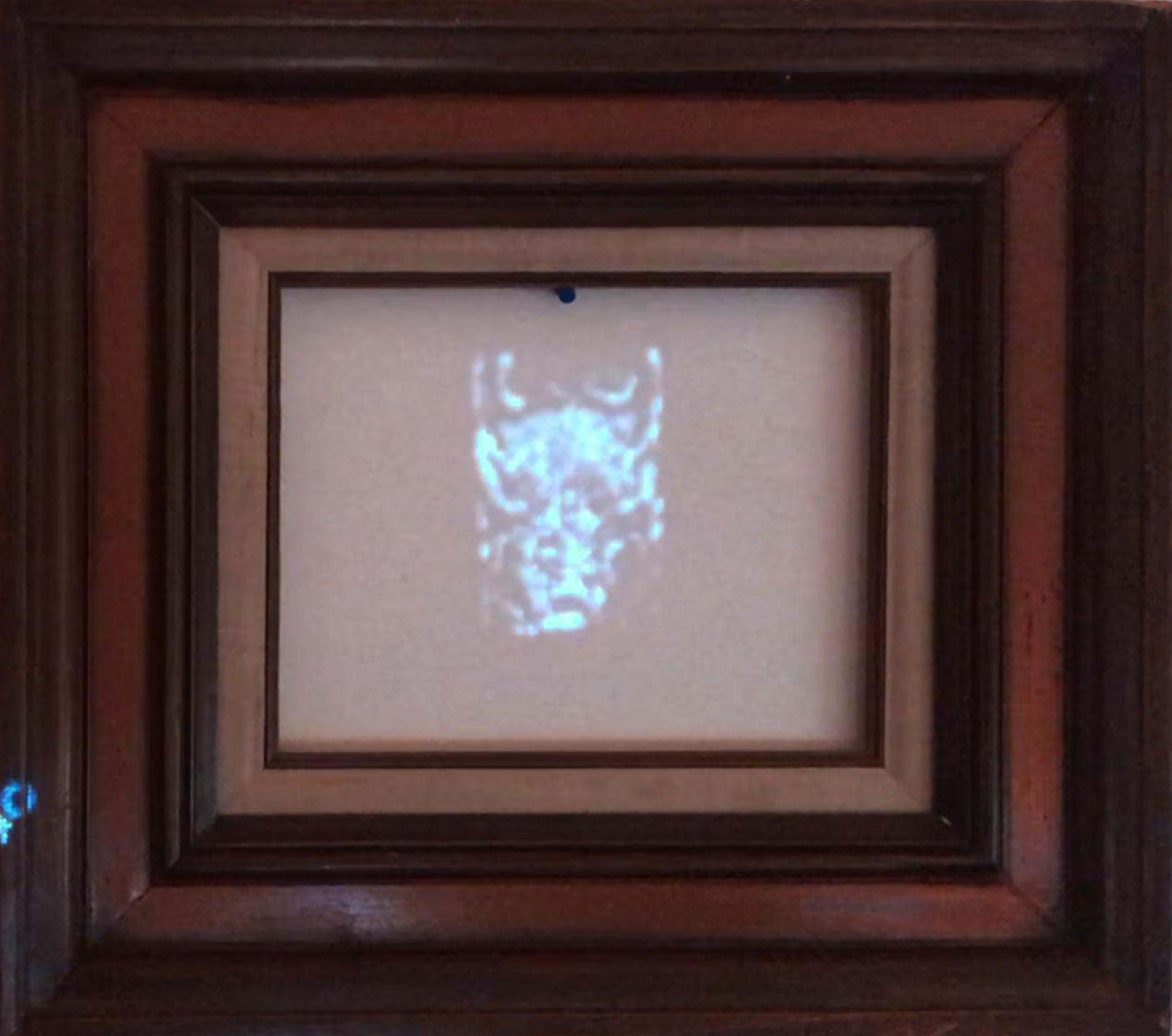
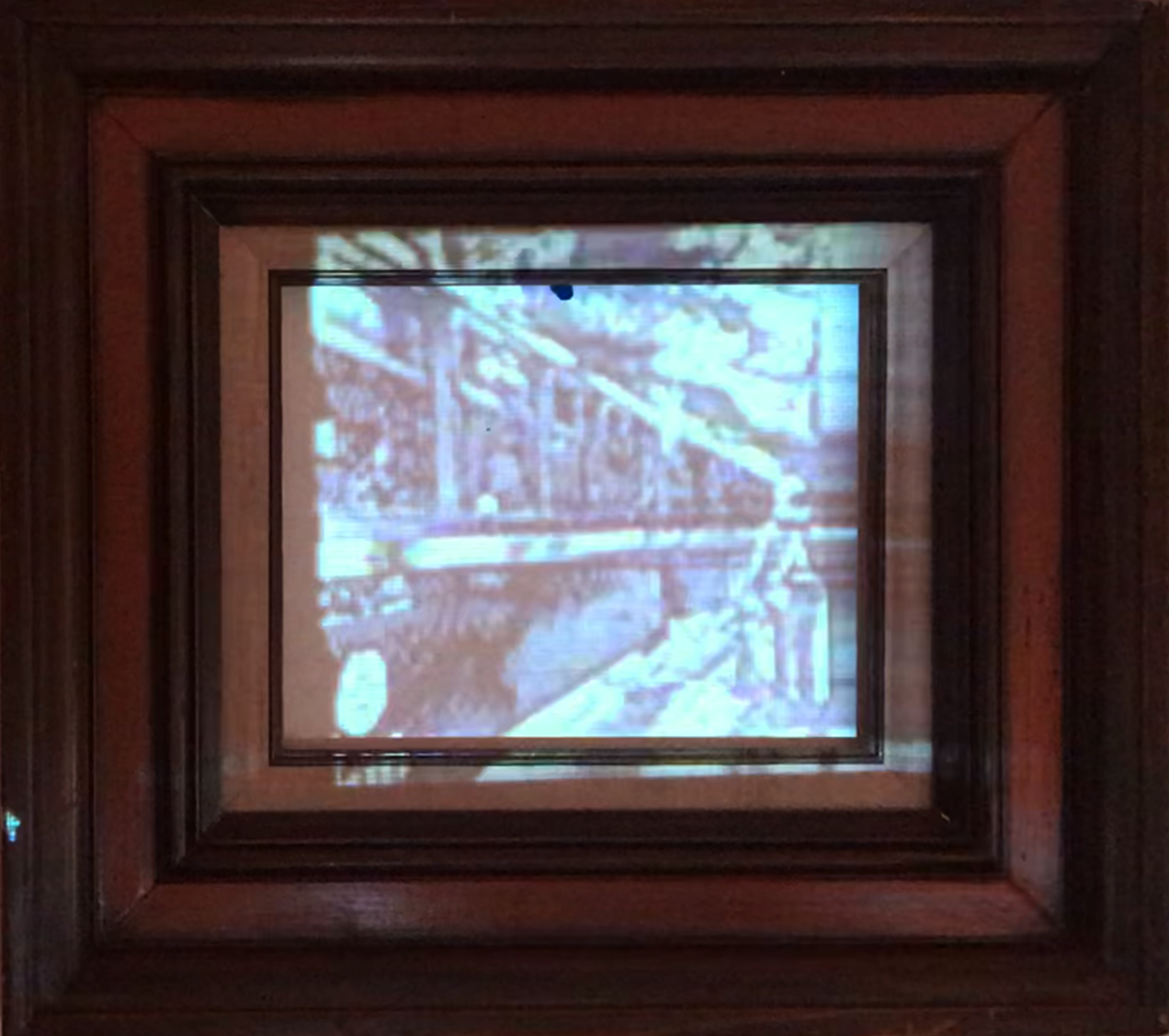
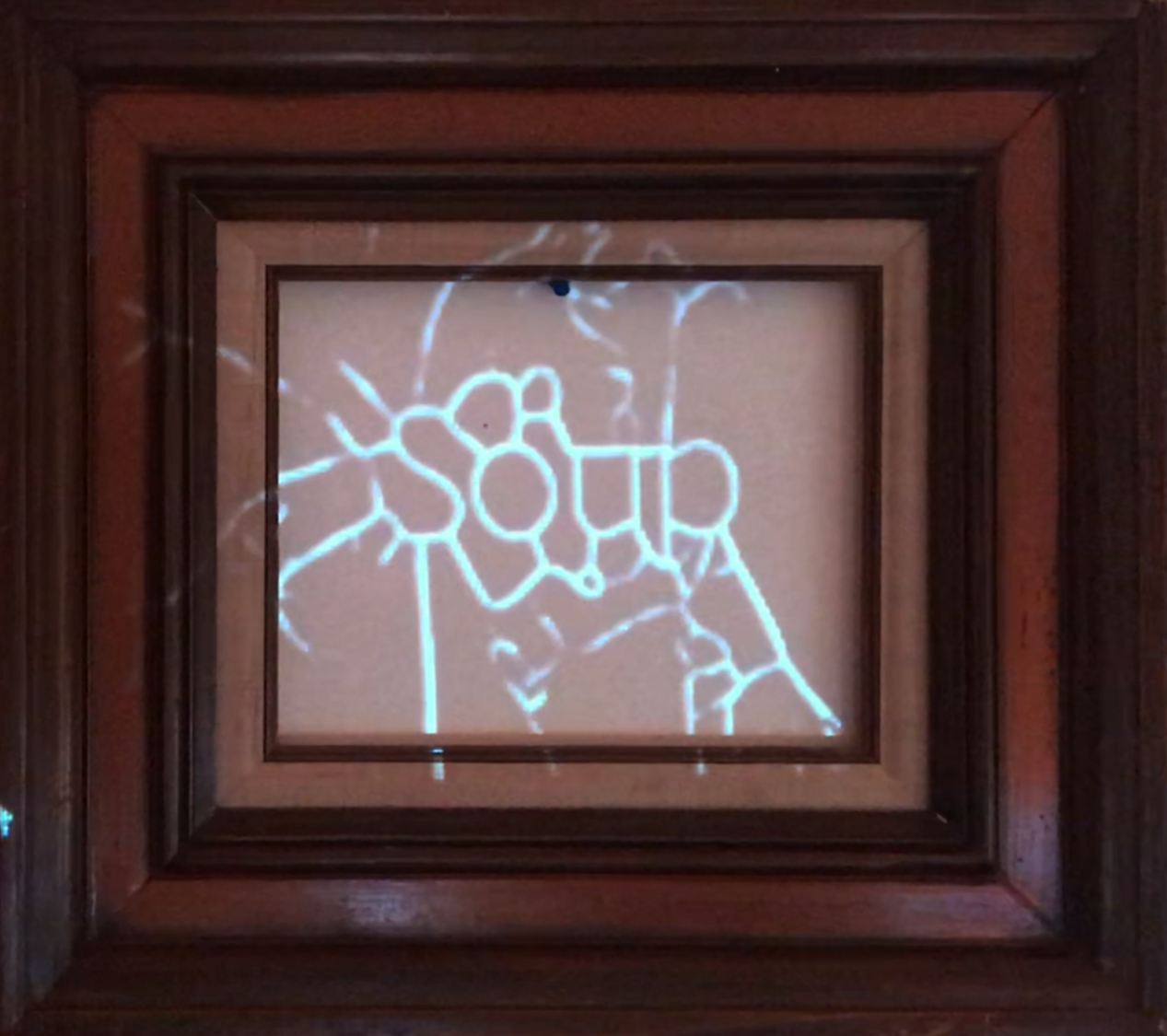
What is the intent behind these fields of practice ?
The intent behind the discipline of distortion, varies depending on who you ask. One might say that there is a nostalgic pleasure associated with the visual fingerprint you can observe on the image of dated, analog broadcasting formats.
During the technological evolution of television, we have always aimed to recreate reality in the most realistic manner with video. With inherent limitations in technology, this nostalgia can drive some to make the switch back to analog.
This has lead the evolution of technology that would gradually eliminate glitches, noise, distortion. We have reached a point in this evolution where flawless cinematography can be achieved with a device that we nonchalantly carry in our pockets on a daily basis.
With this technology readily available, we have become desensitized and unfamiliar with the technology that got us here. This revitalizes our appreciation for traditional methods and the nuances that accompanied the process.
The distortion and disruption aims to represent binary dust collecting on the files. I aim to convey that over time these projects have started to decompose and decay, collecting dust, melting and warping.
The “Forgotten Media” project is an initiative that promotes the use of design work that never got used.
(Or saw the light of day.)
(Or saw the light of day.)
As designers we all have projects that never find their way to the finish line, sitting in various folders on our desktop, PSD and AI files gather binary dust. We might have lost motivation, we might have started something else or we may have just forgotten all together. However it happened, we all live with assets that have potential for success.
If nothing is done, these forgotten files just become what is known as “Design waste”, to be lost when we end up changing our hard drive. Unless of course, we finish the job.
This project will include the gathering of design assets that never came to fruition and a conceptualization stage that promotes new thought of the given design and its potential for success.
Discovering the best destination for this forgotten design will be my opportunity.
- Media Machine -
The “Media Machine” opportunity focuses on recycling waste computers, TV’s or projectors. These old displays may not be the best for covering your favorite sports games but they can find new life as installations in bars, exhibitions, festivals and more. Long video loops playing in the background or as the focus of attention.
In the process of developing my Forgotten Media, I will be left with a composition of visual media that needs a place to live. As the philosophy behind the visual media aspect is rooted in rejuvenating media that would have otherwise been considered waste, the installation has to succeed in building intrigue towards the overall SKO.
My Media Machine has to draw eyes, spark interest and start conversation, people should be confused and ask questions. Above all, The Media Machine has to have a life of it’s own, regardless of the media it is displaying.
Mockups of final craft:
Series of Screens
My first concept to present the forgotten media machine is with a series of screens stacked together. In this form the screens all play the same video together, each playing their own cropped segment. This comes together to create a stacked series working to create a singular image.
2d projection
my second concept of displaying my opportunity is with a projector. Utilizing a projector to display my opportunity has the potential to advance the complexity of my overall installation. The additional level of intricacy means I can transform my visual media by altering the physical dimension of the installation.
3d projection
An example that demonstrates how I could alter the physical dimension of the installation might involve the introduction of a physical article. Using the example of a mannequin the body would act as a canvas for the projection to cast an image on.
Frames Projection
Considering how I could take my projection installation to the next level, I came up with the concept of projecting my media into frames on a wall. This would create the illusion that the frames are windows into a new world.
As most of the artwork presented in frames is stagnant, presenting motion graphics in this format would add an additional layer of depth.
Layers of media
Exploring further, I considered what ways could I distort the media being projected. One concept I came up with would utilize various light bending materials.
This could include a magnifying glass that would warp the projection. Other materials could include used film that would project an additional image onto the canvas as well as coloured plastic sheets that would alter the colour.
Materials
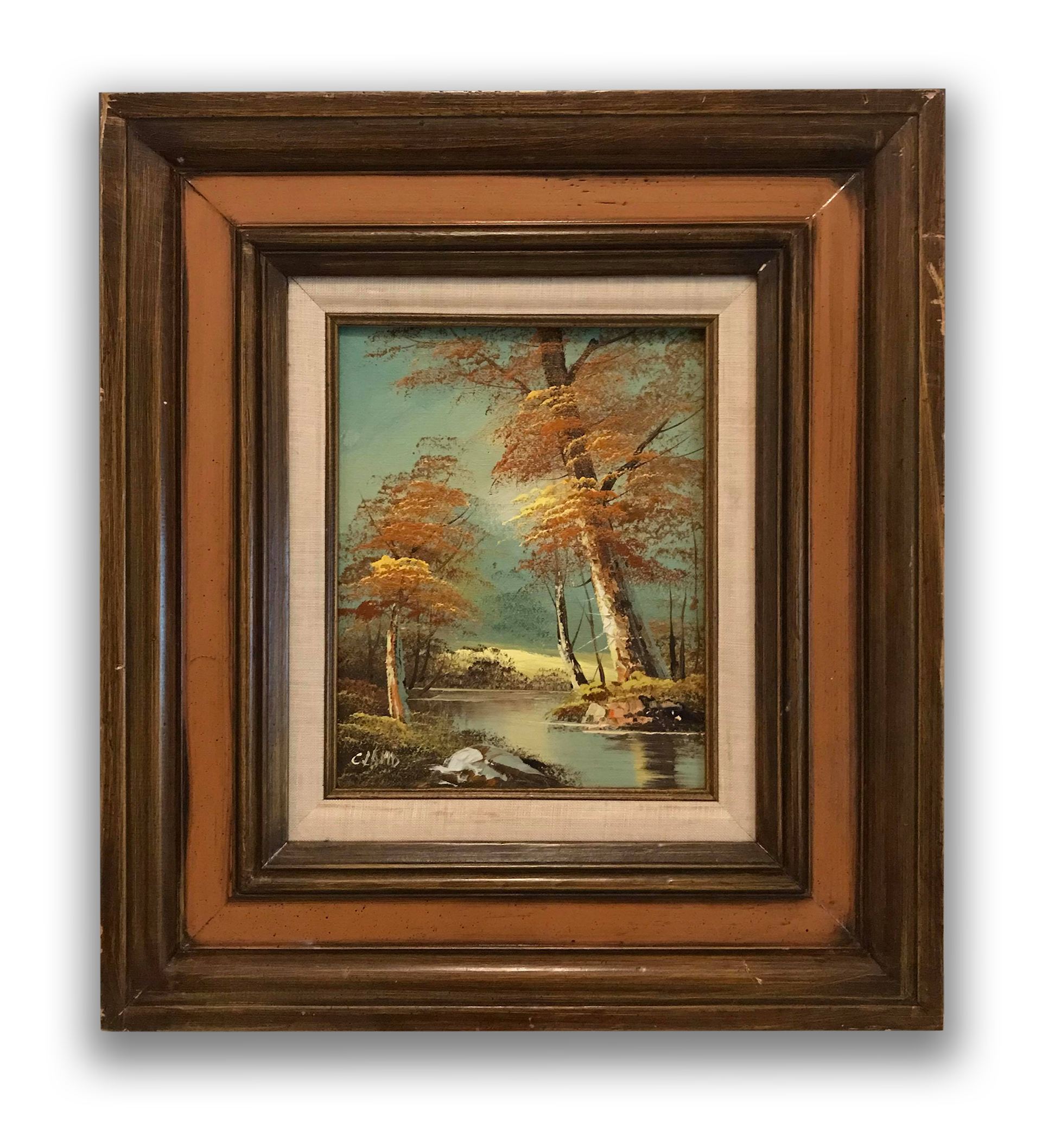
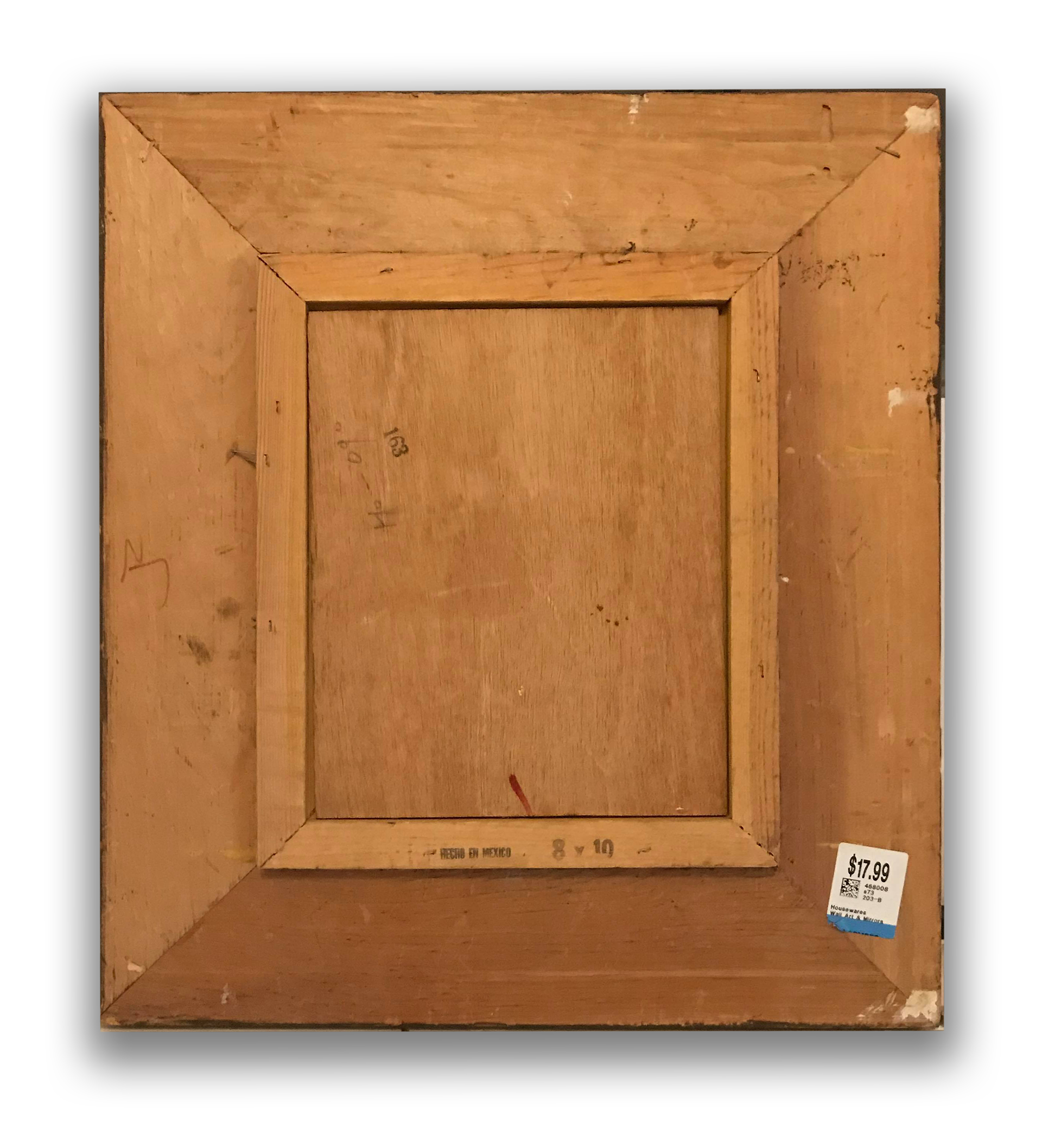
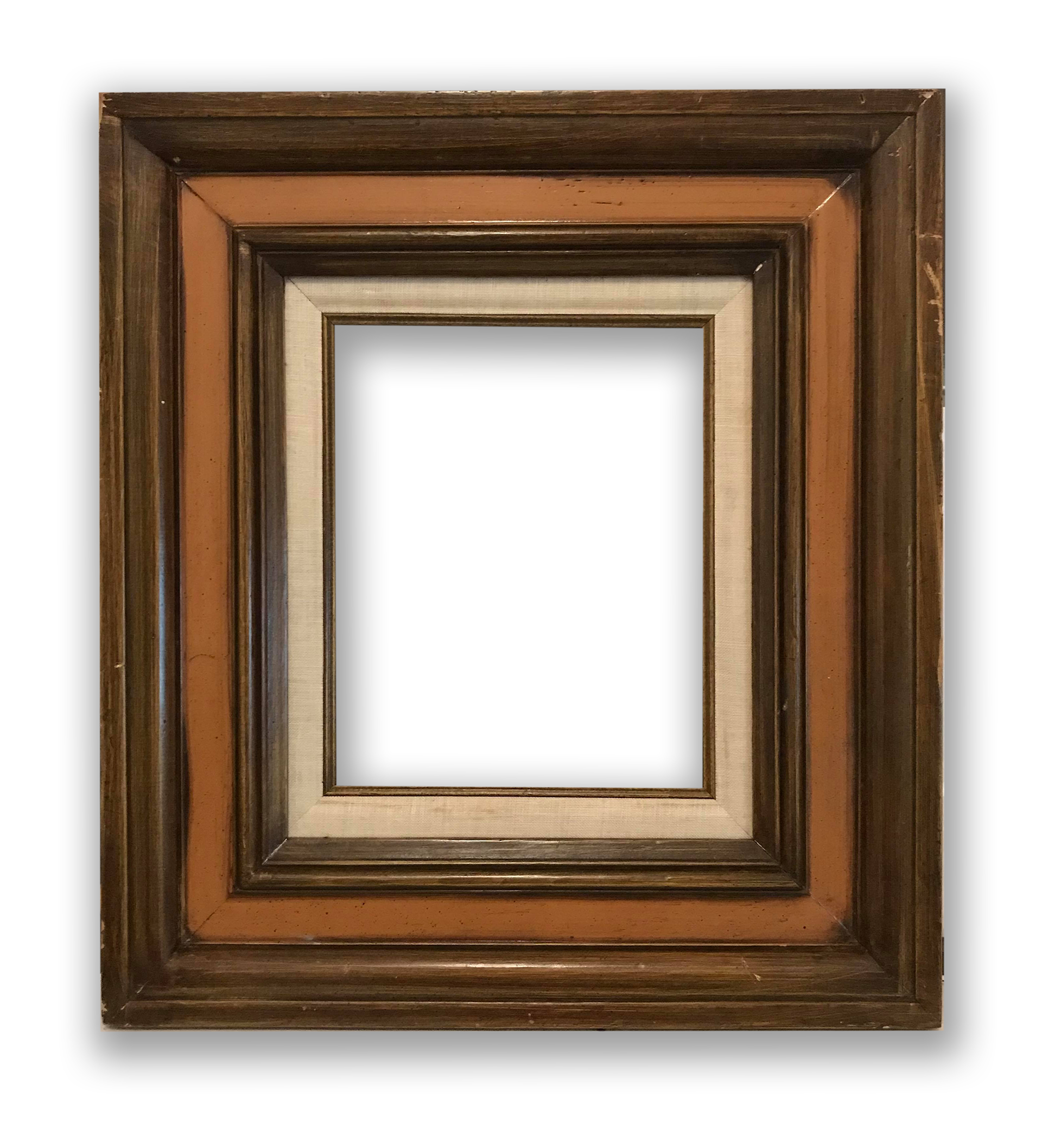
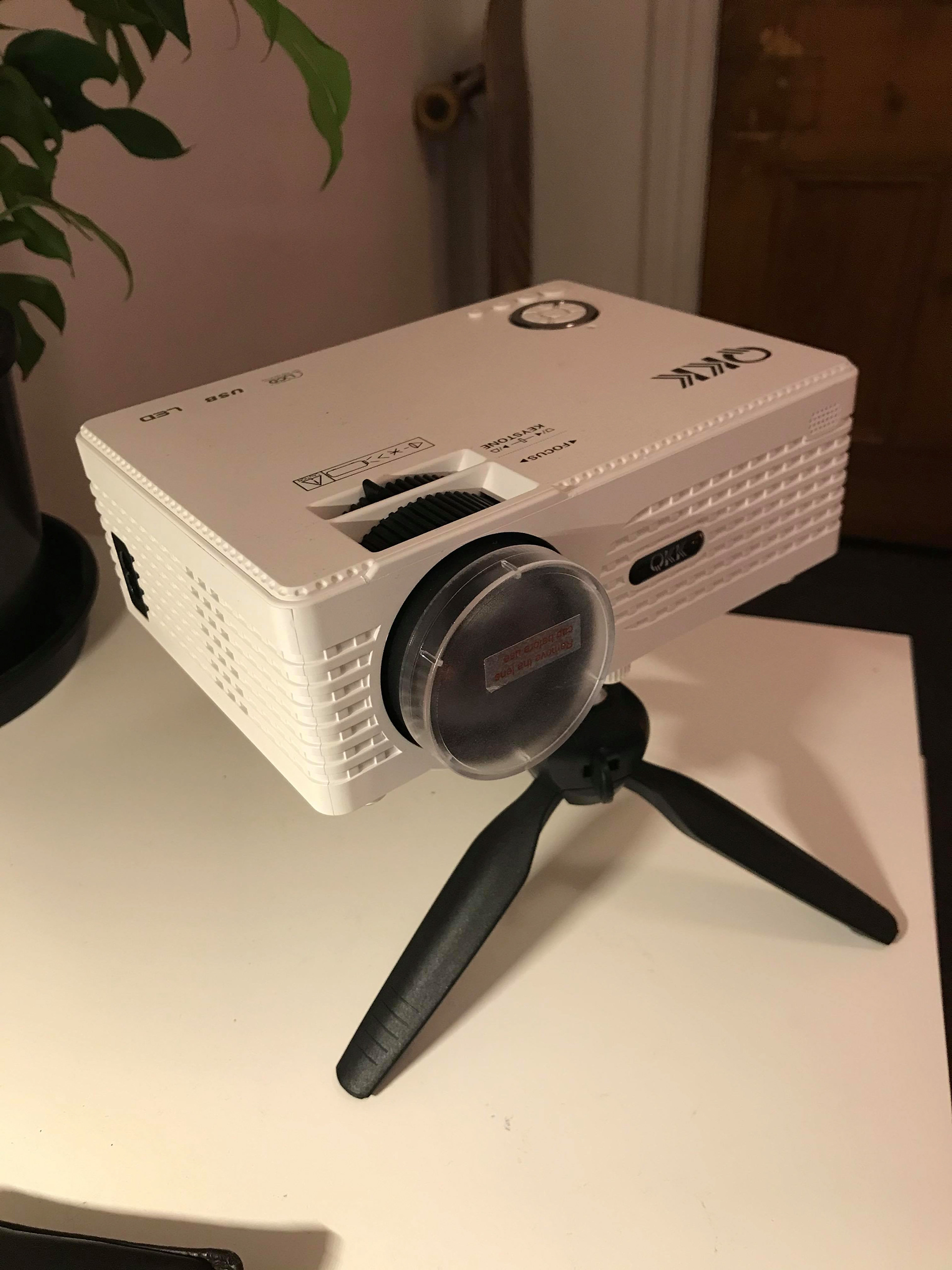
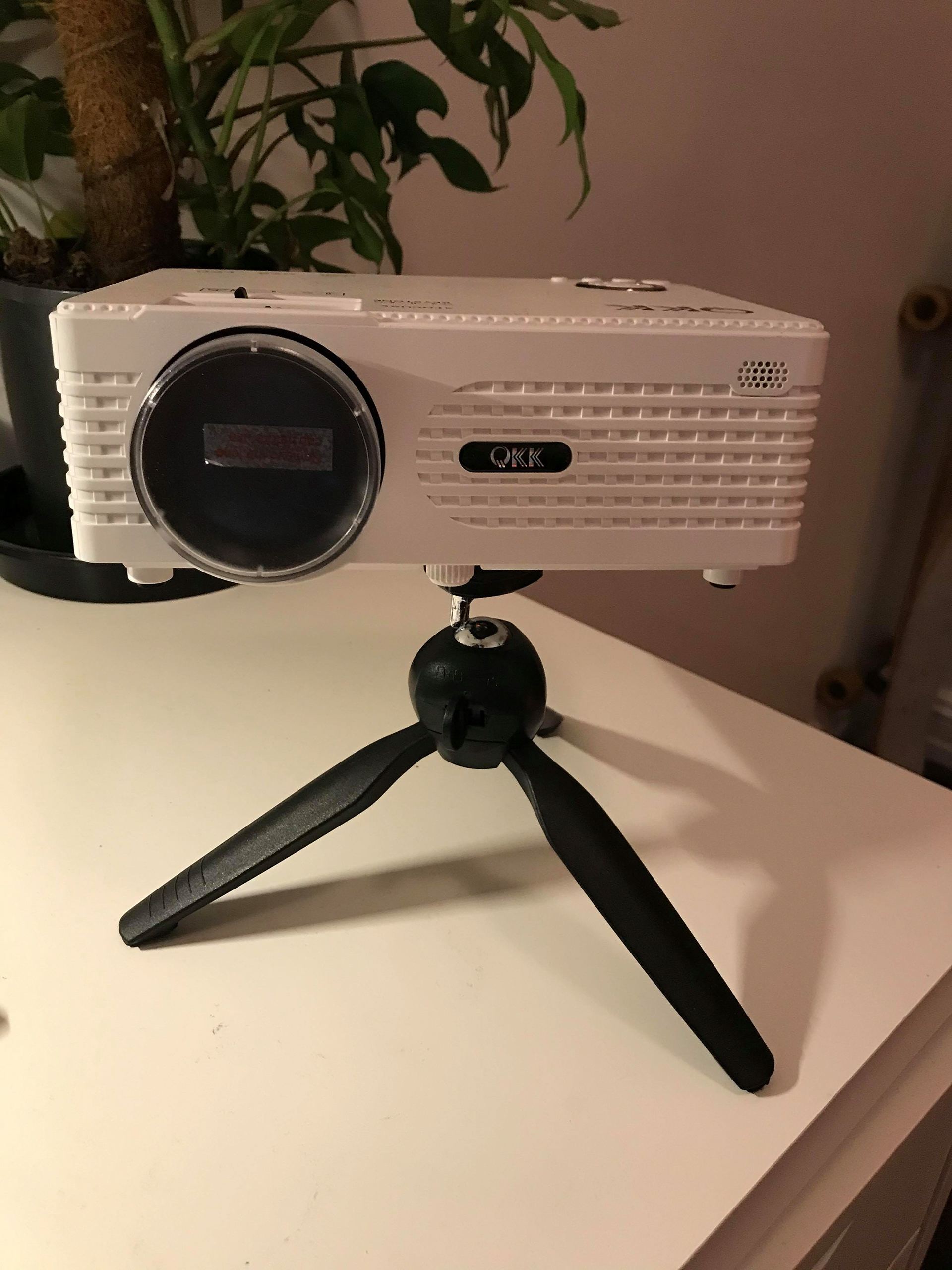
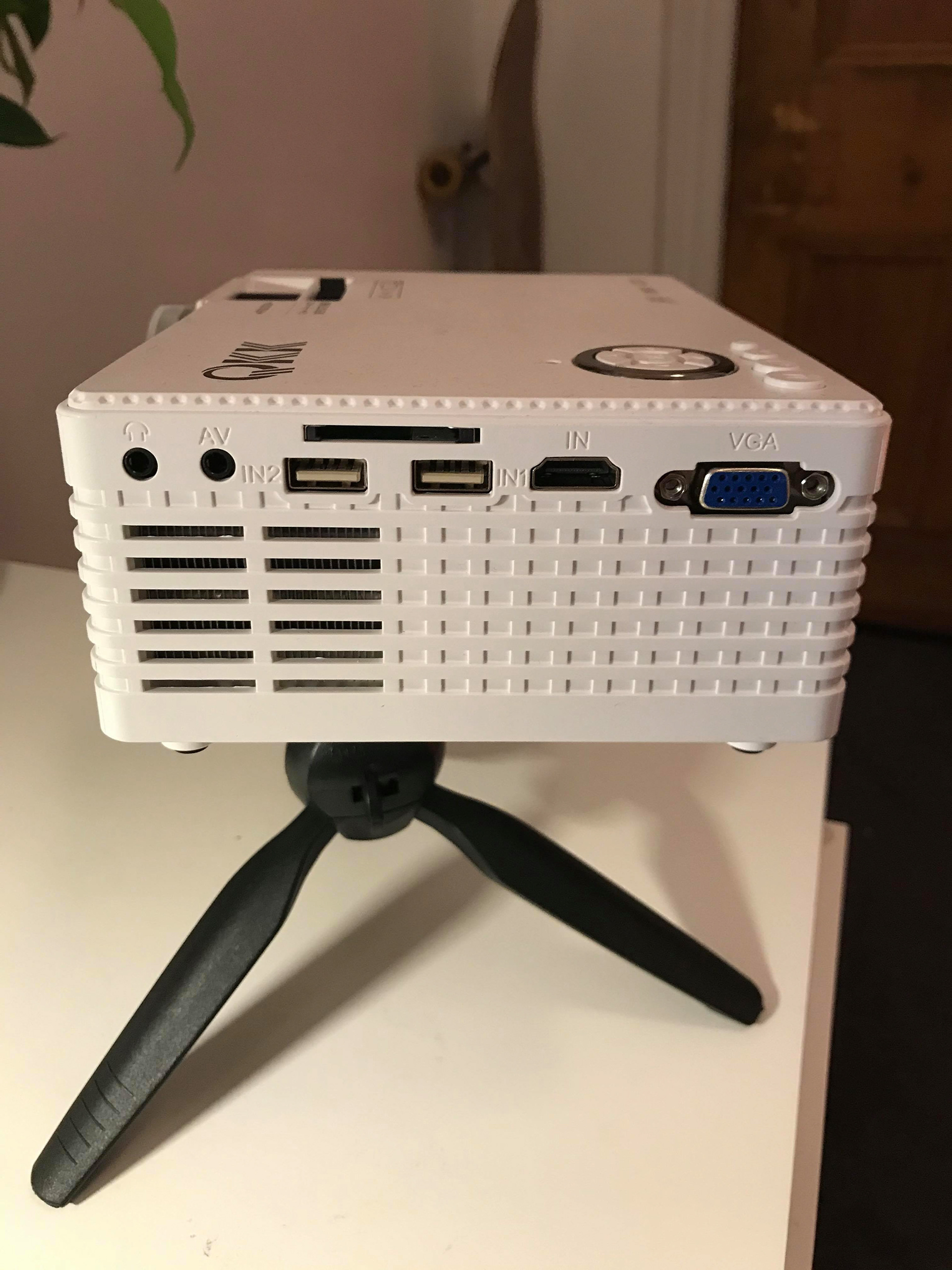
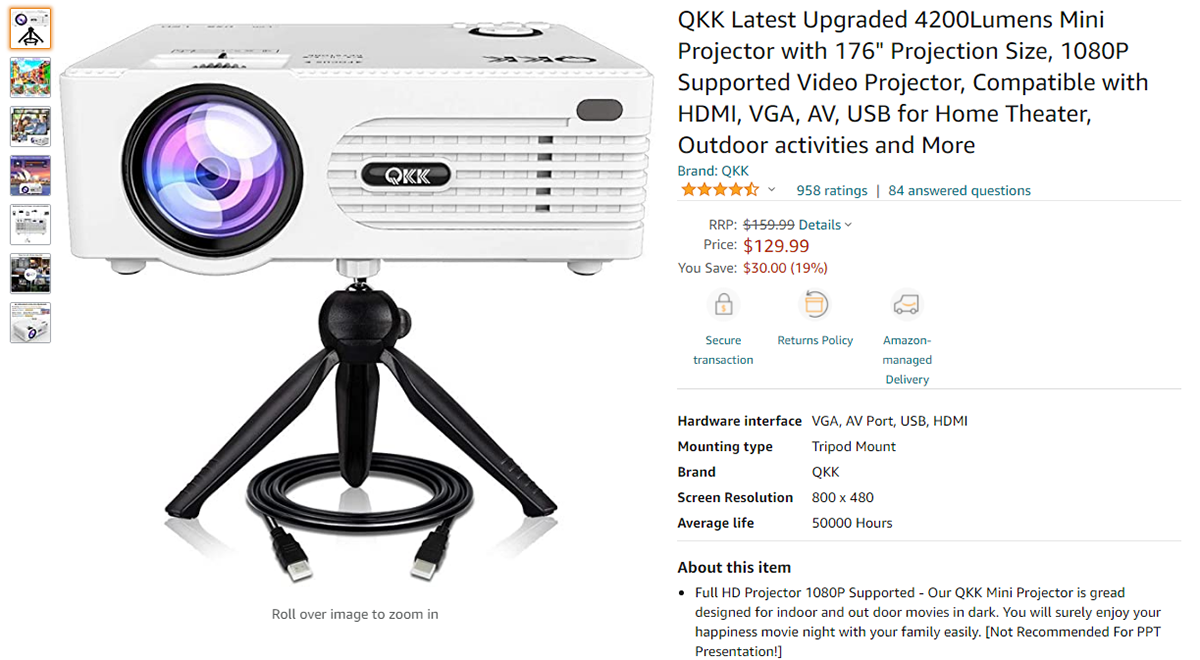
Destruction of Media
How have key approaches, principles and methods used in the field/s of practice been evident in your project?
One of the key principles understood within the practice of analog distortion is to use authentic means to create the effect. This discipline is very physical and attempts to recreate the effect with a binary signal is simply ineffective. To navigate this issue I searched far and wide to see what options I had available given my circumstances. In this exploration I discovered what seemed to be the only authentic method of analog distortion on a binary operating system (all I had).
This workaround is known as Signal, a 3rd party plugin for Adobe After Effects created by Zaebects. This plugin converts a binary input into an analog signal, applies a level of distortion, then converts the signal back to binary.
Another significant theme when developing my visual media was the aim to bring new life to half finished projects I’ve worked on as a designer. To achieve this I exercised my next method, an organic growth simulation. This method simulated patterns which closely resembled that of the behaviors present in nature. I noticed during my exploration that these simulations mimicked fungal growth patterns quite consistently.
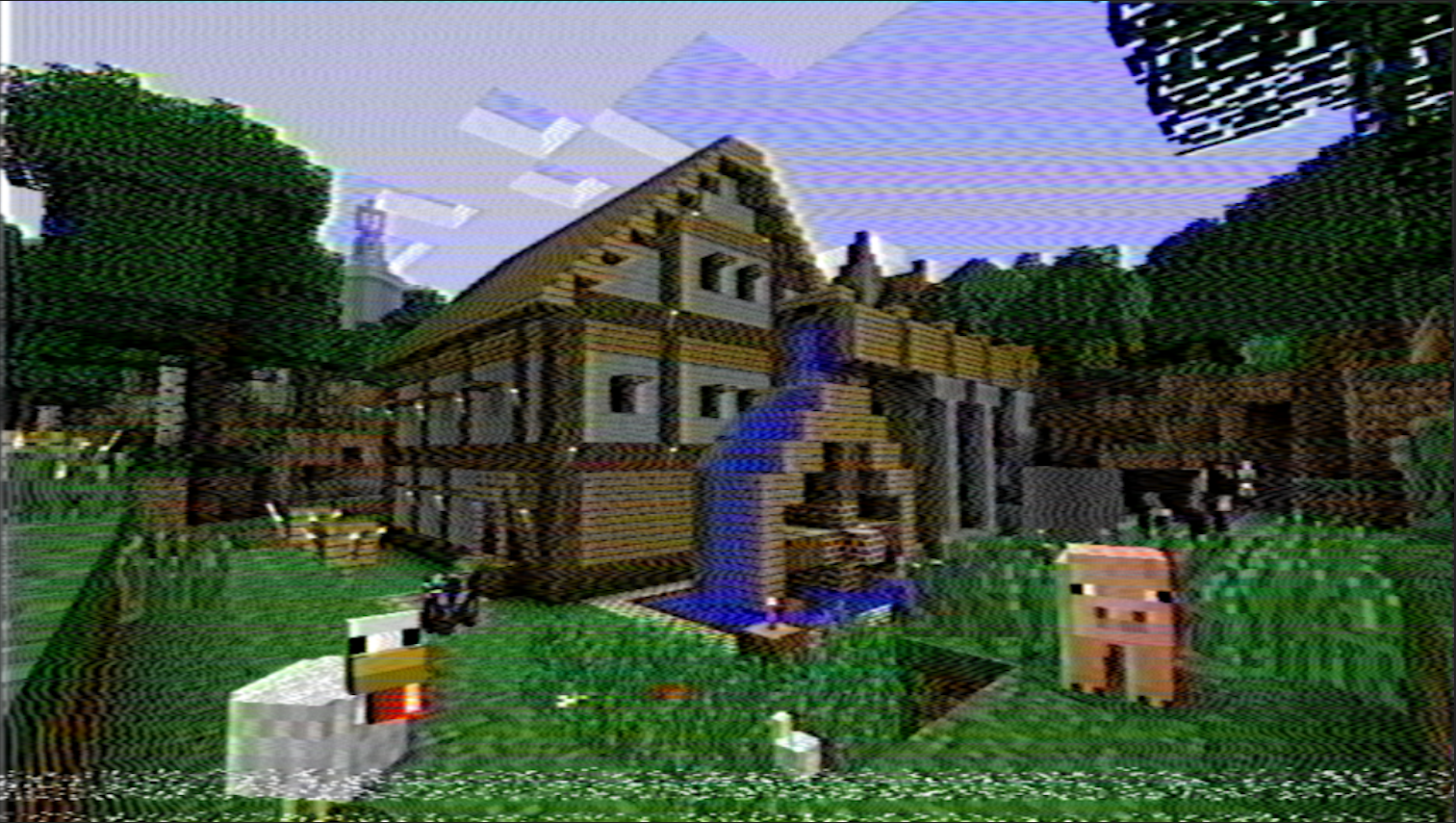
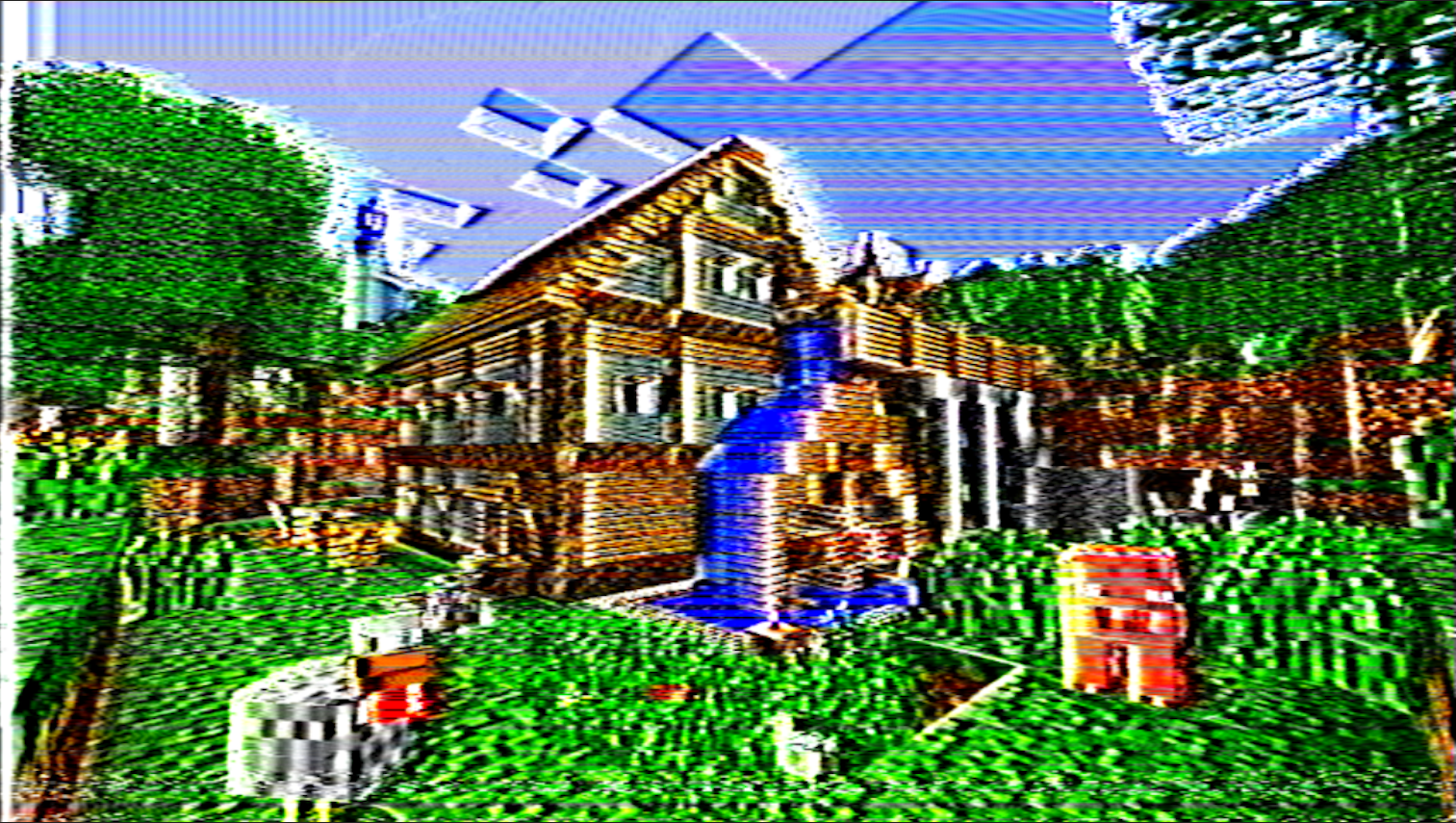
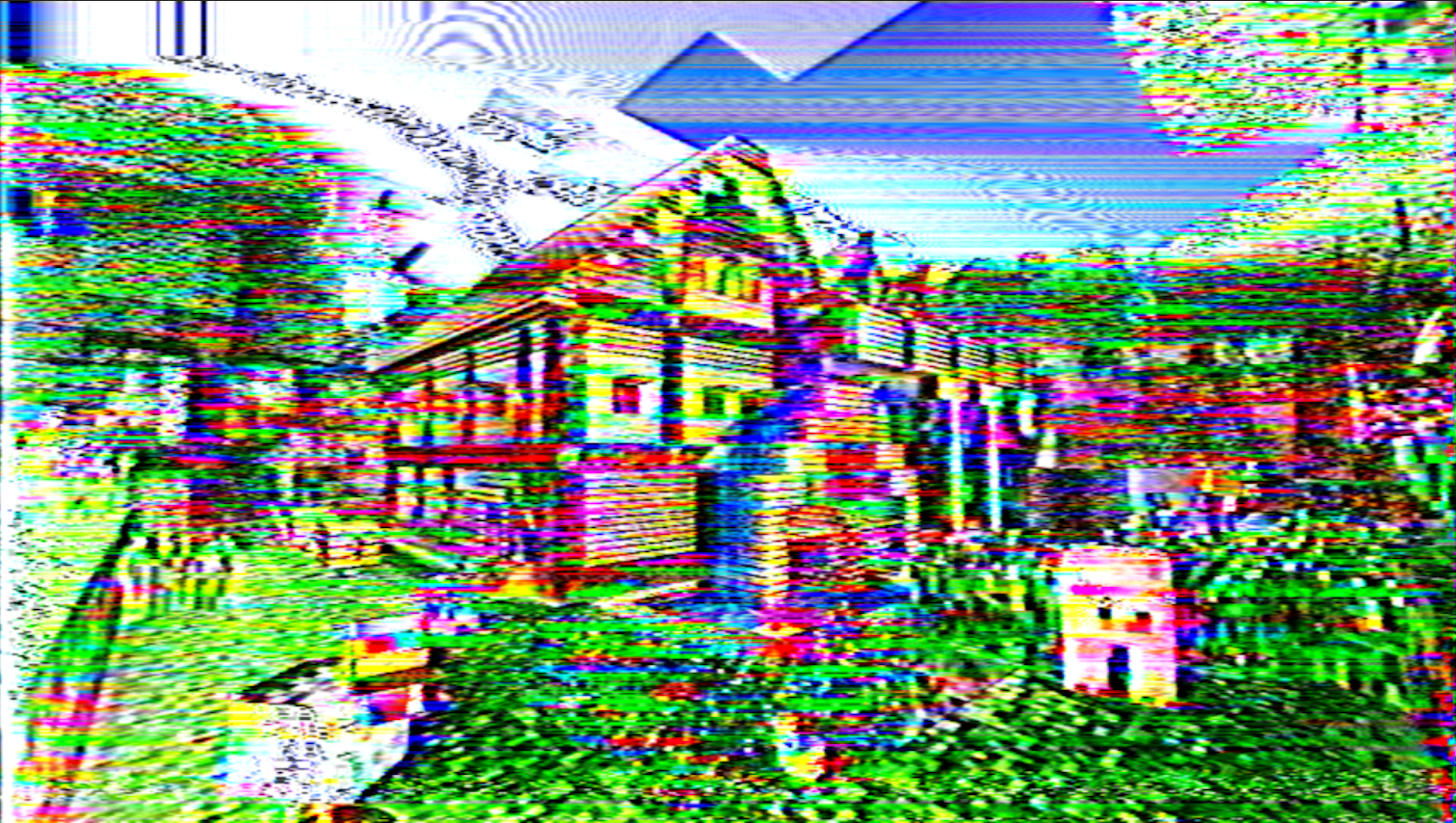
VHS Distortion "SIGNAL" applied to Minecraft screenshot
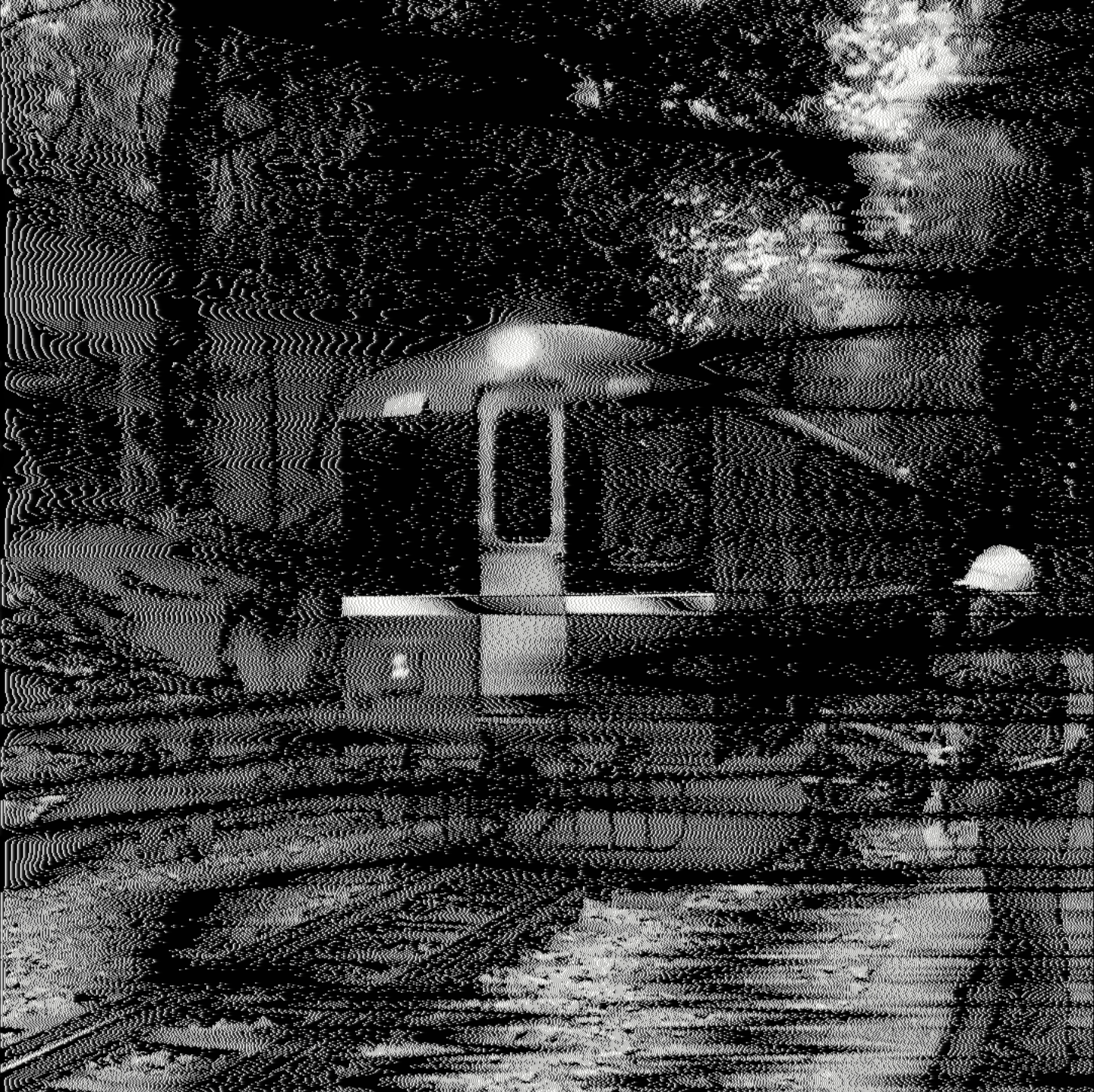
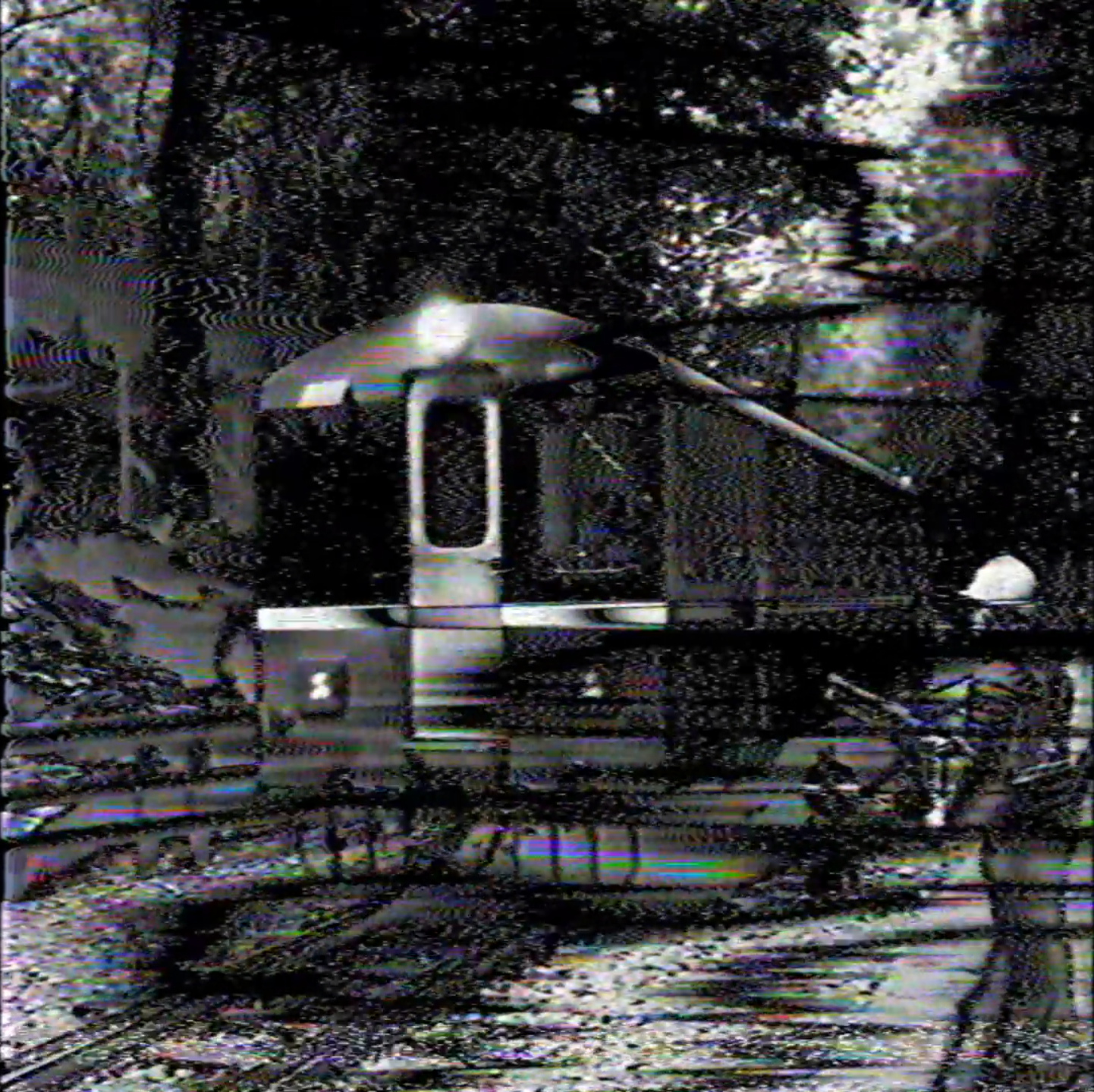
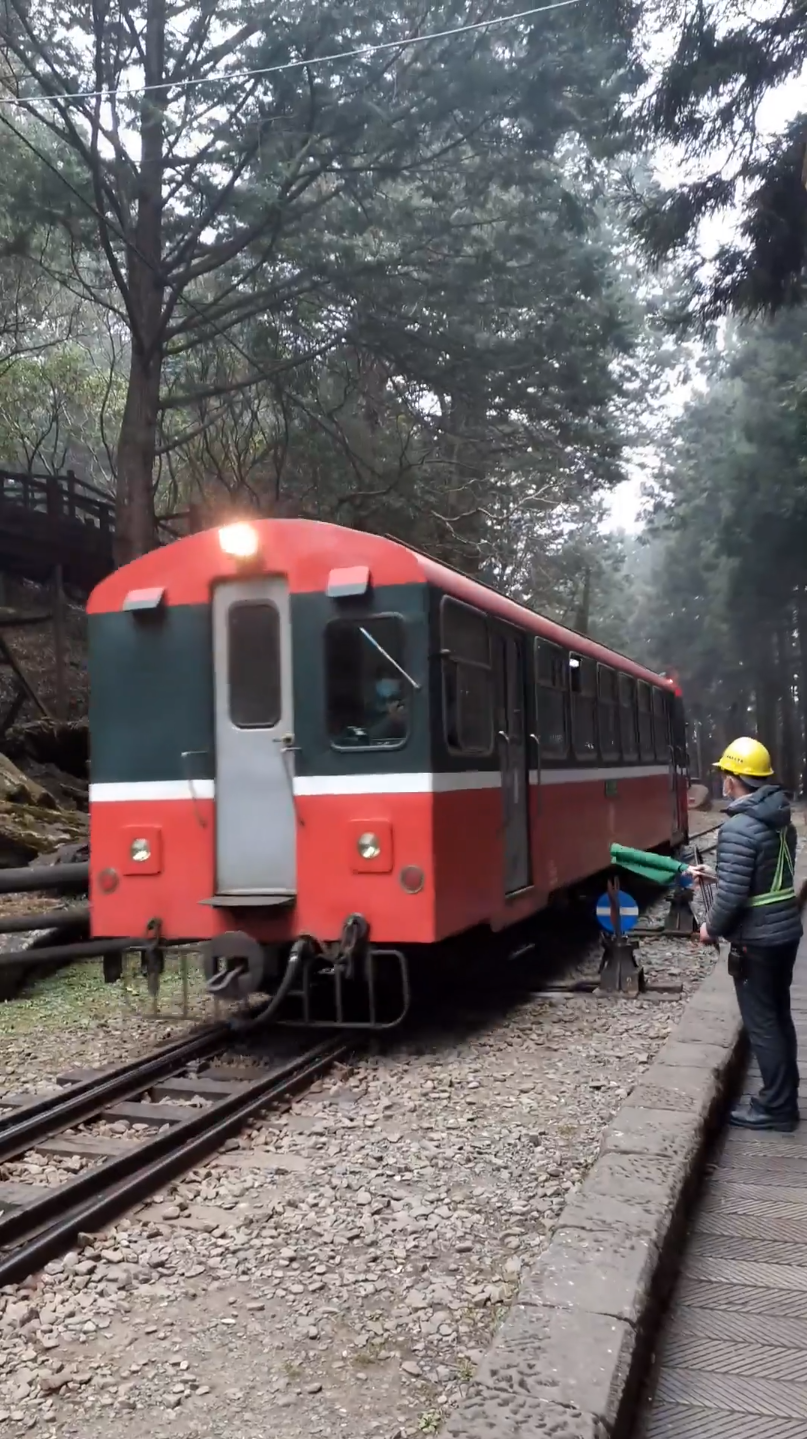
Modulation distortion applied to video of train
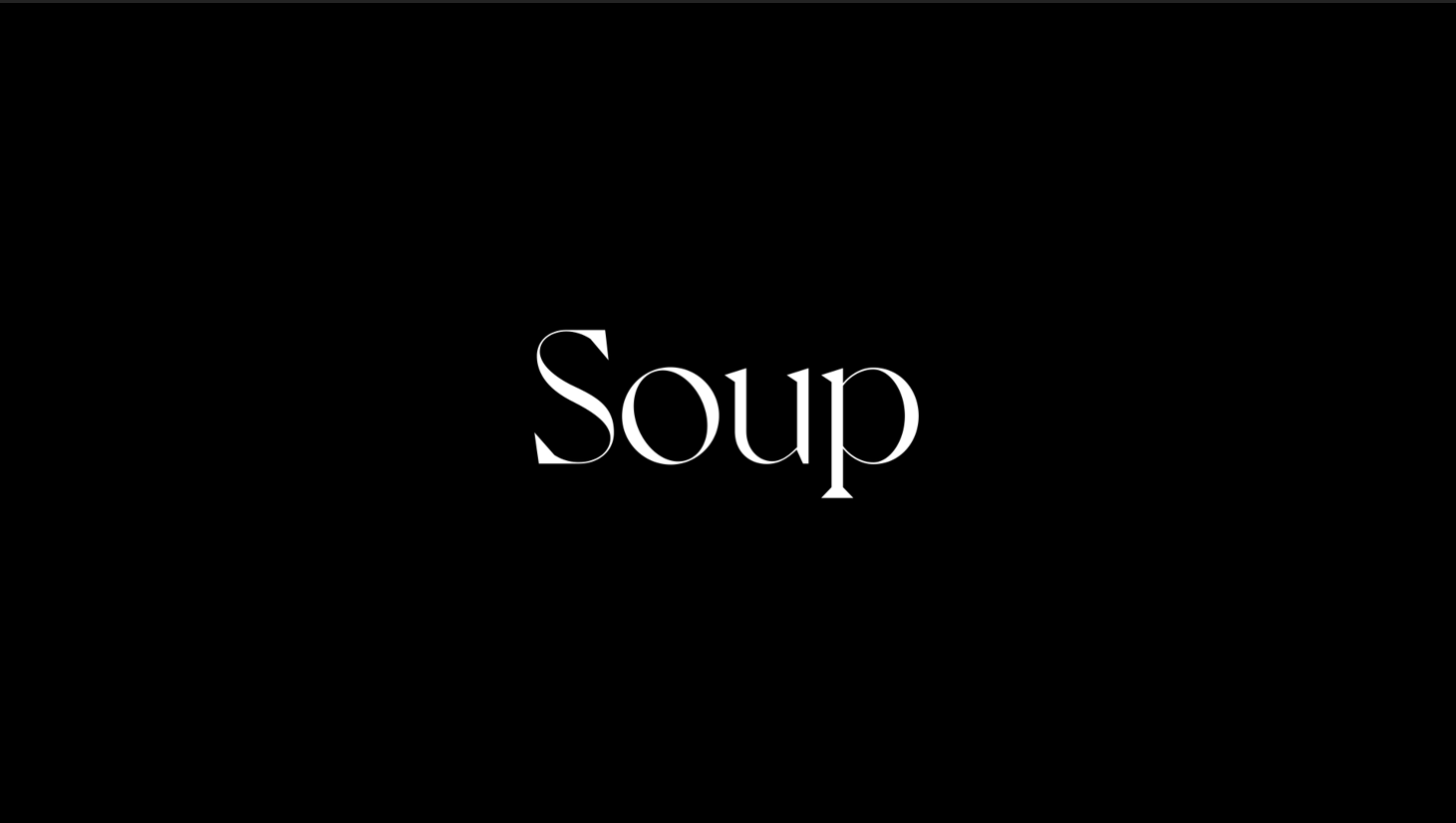
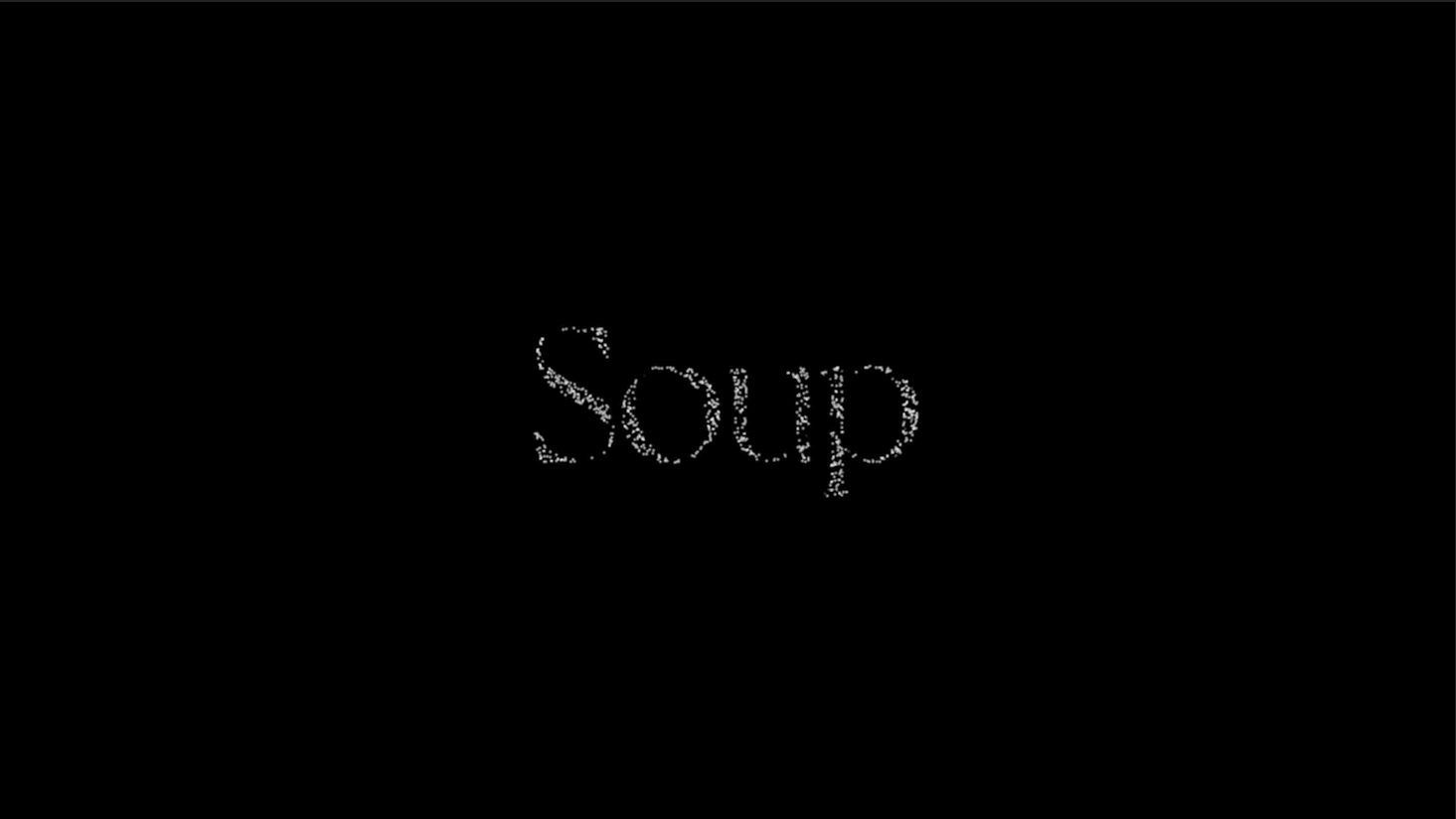
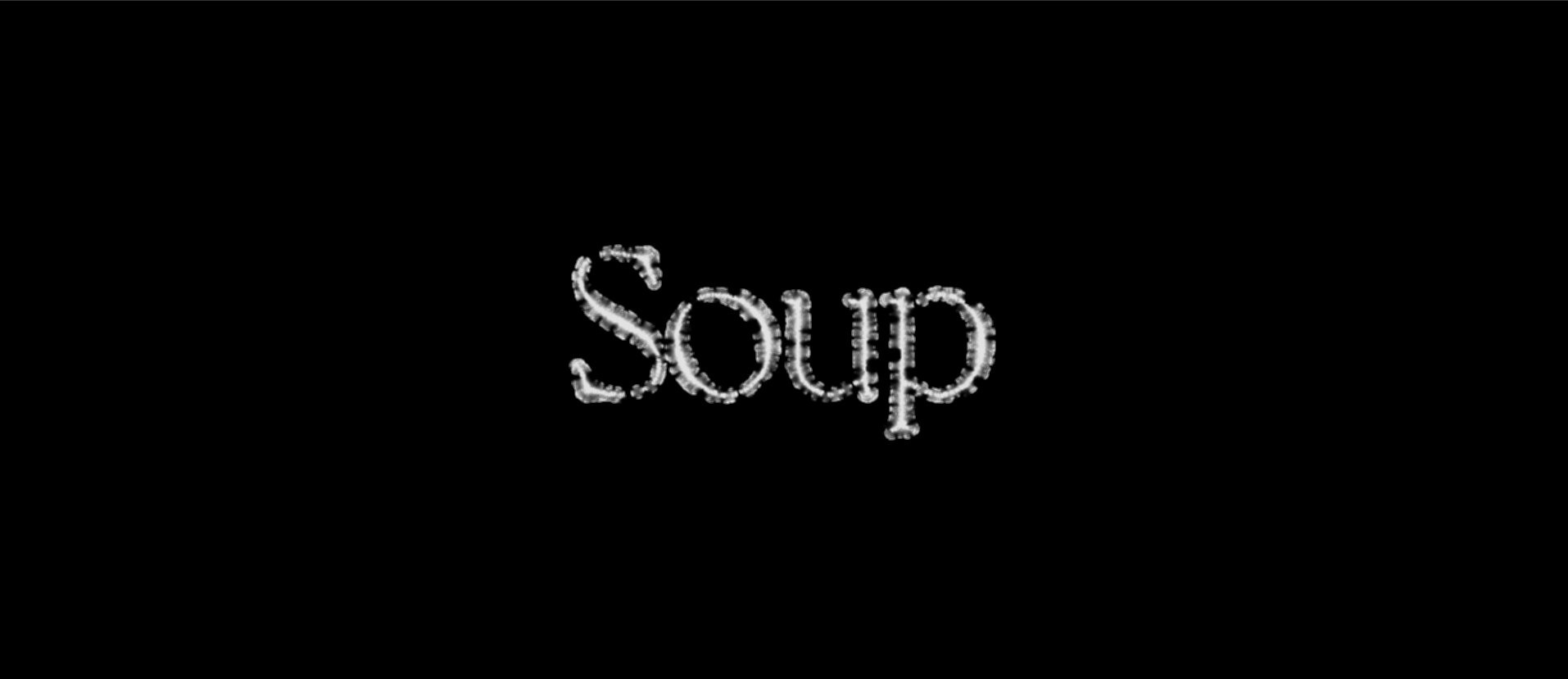
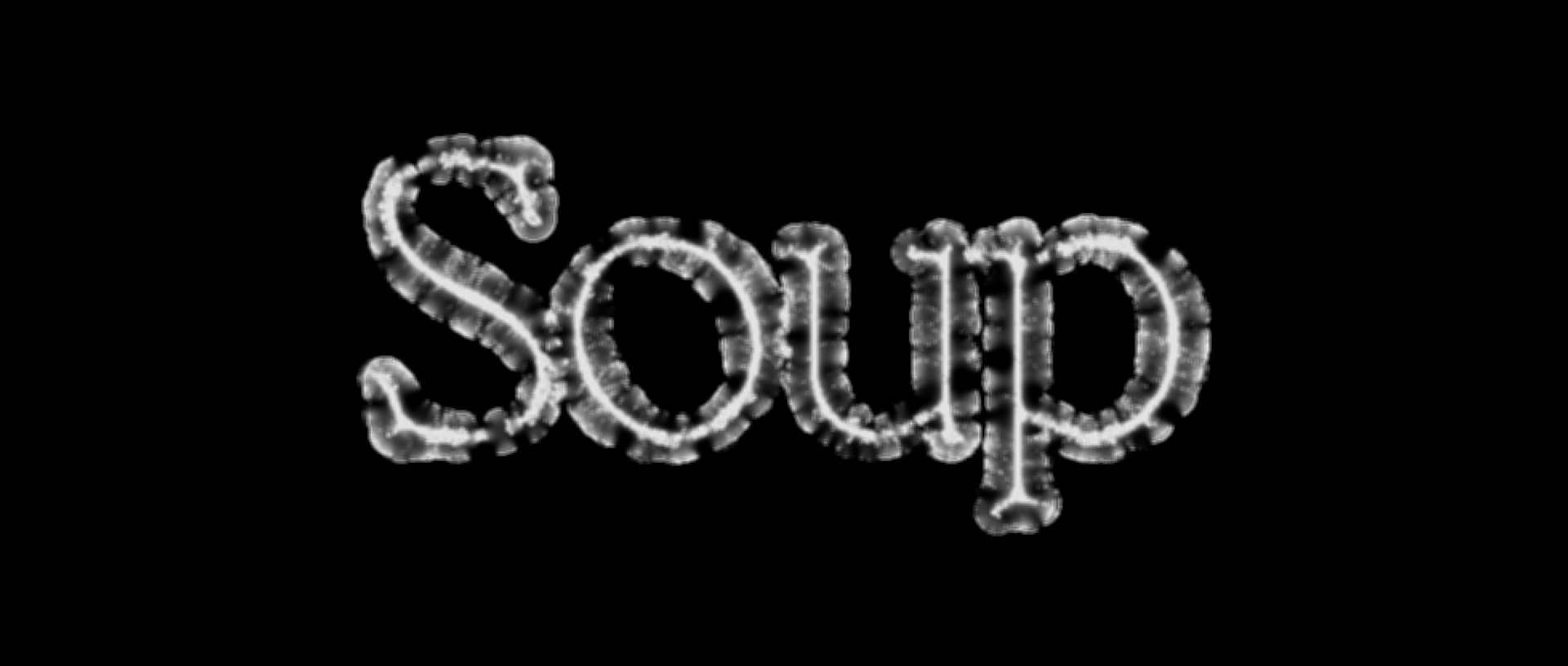

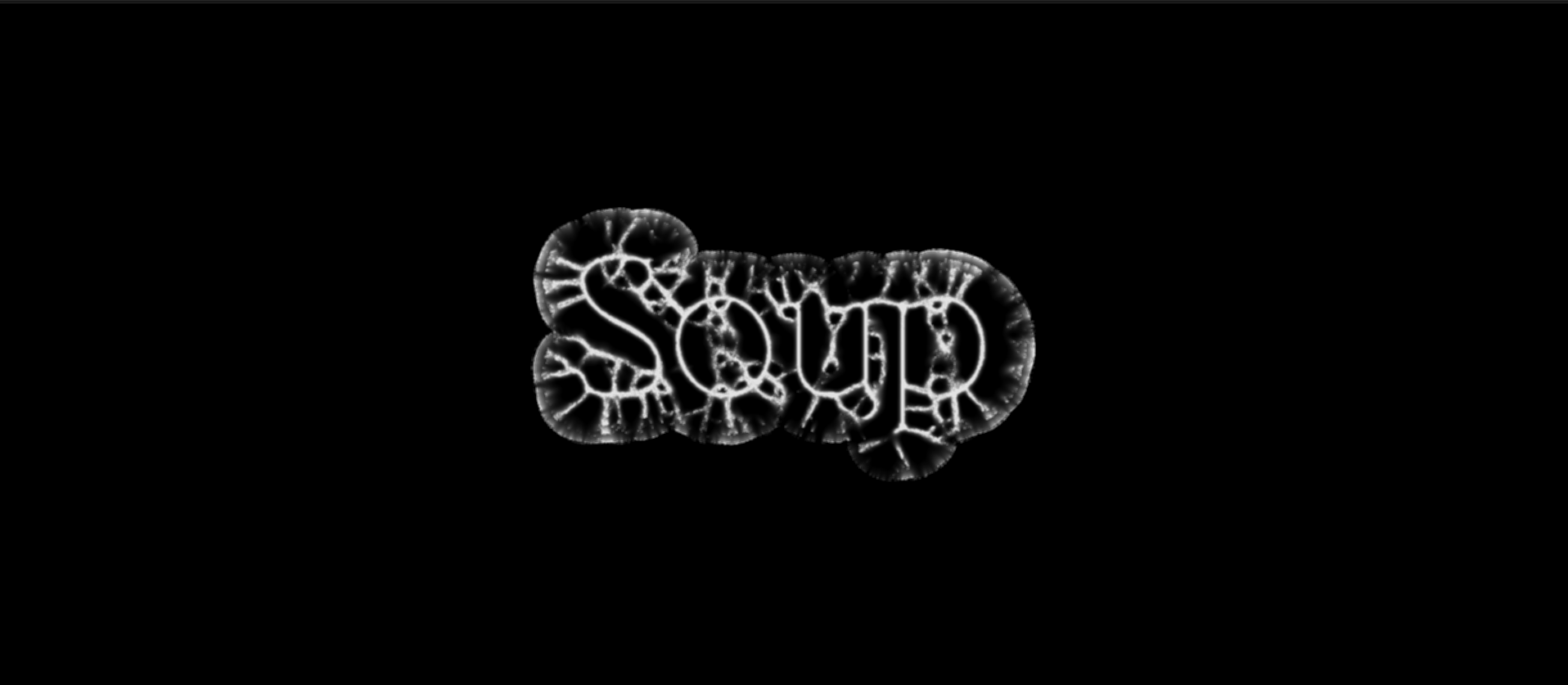
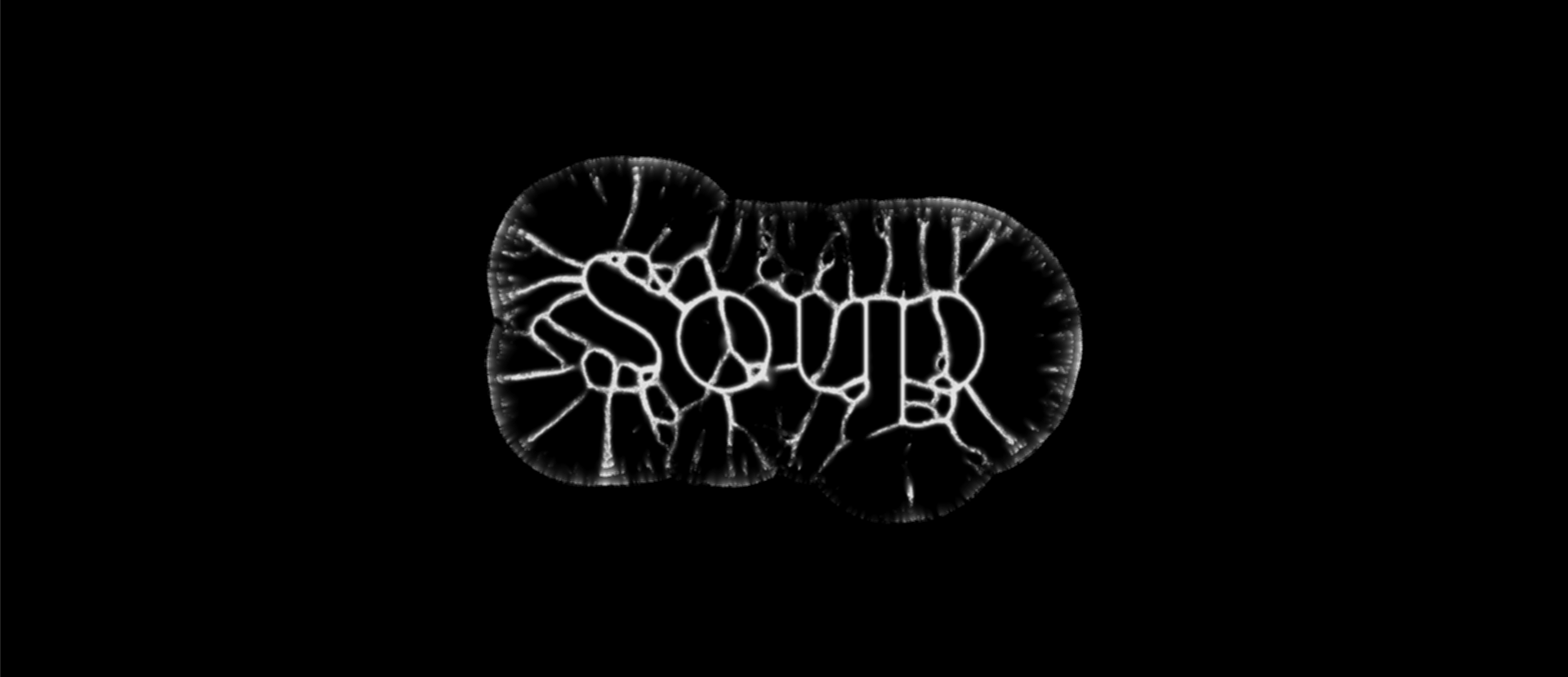
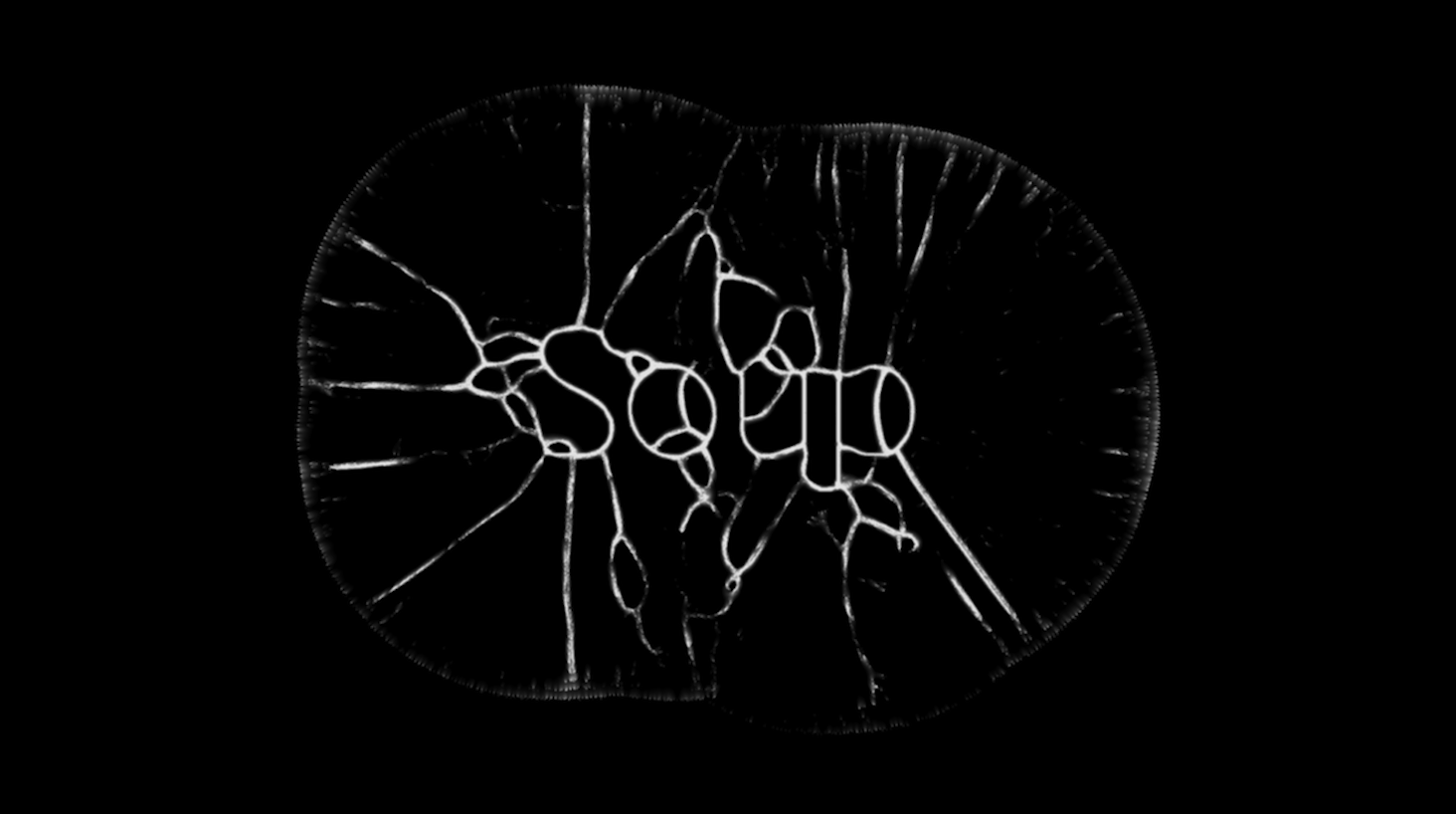
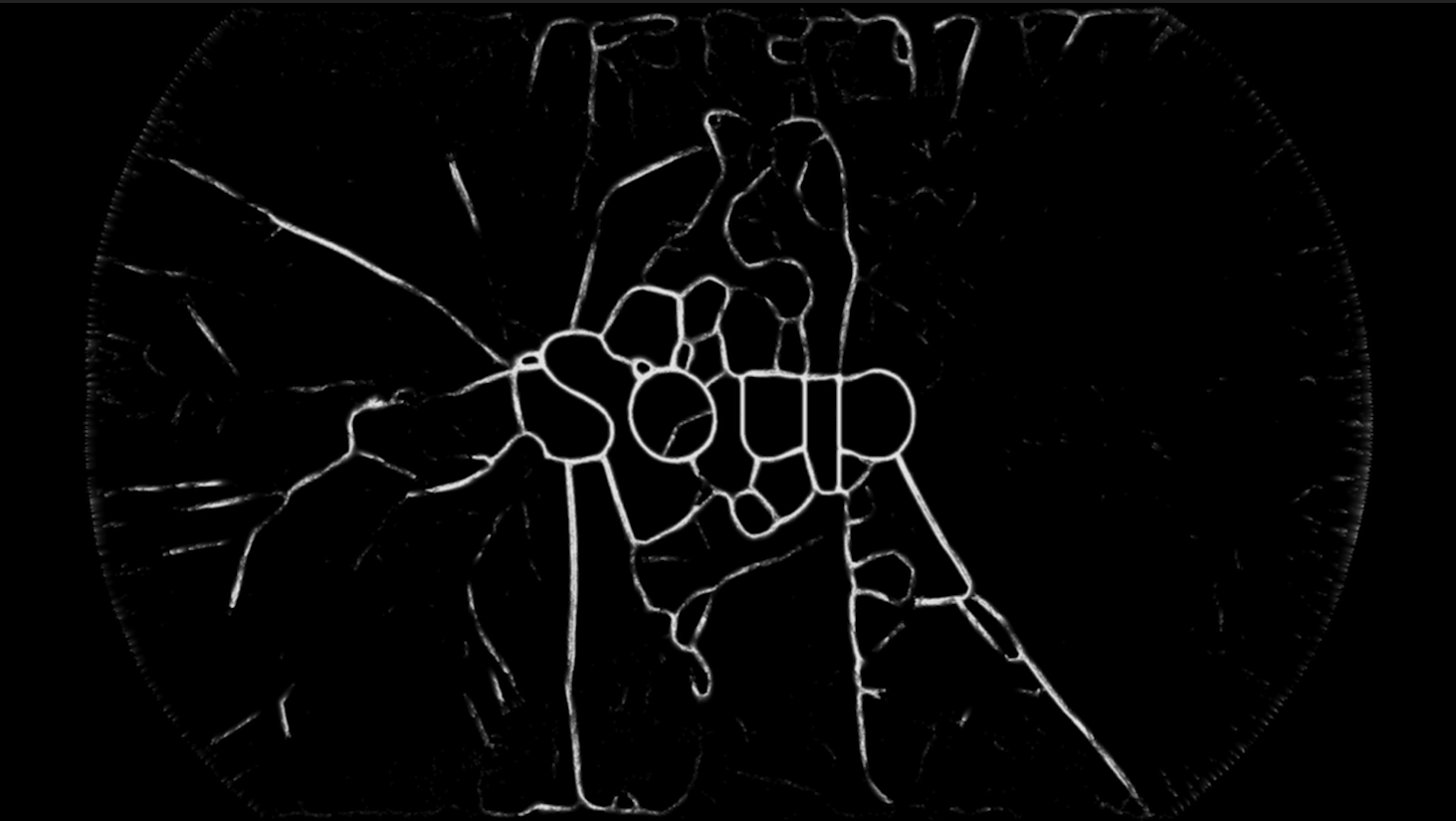
Psycilum distortion applied to "Soup" typography animated
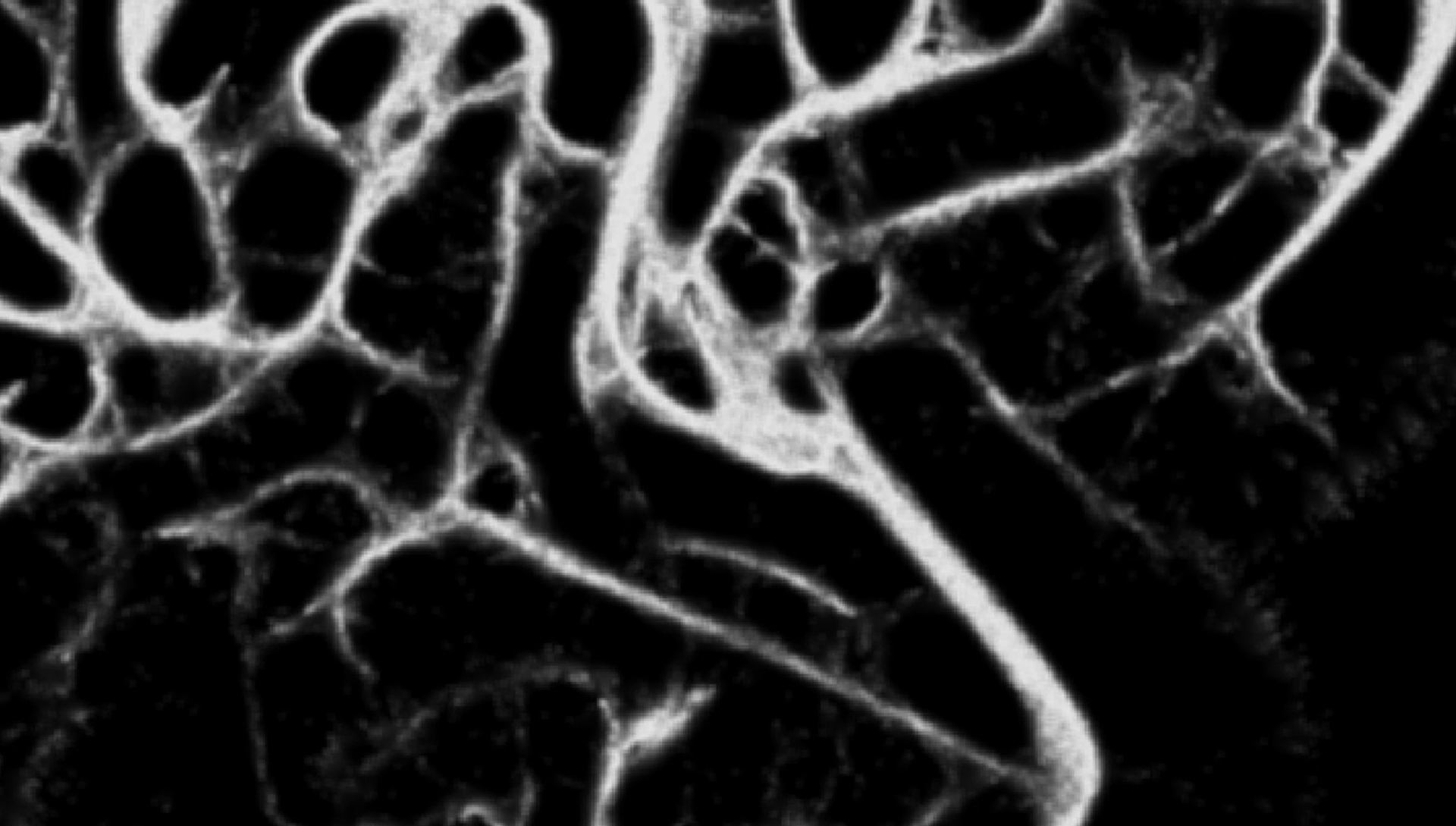
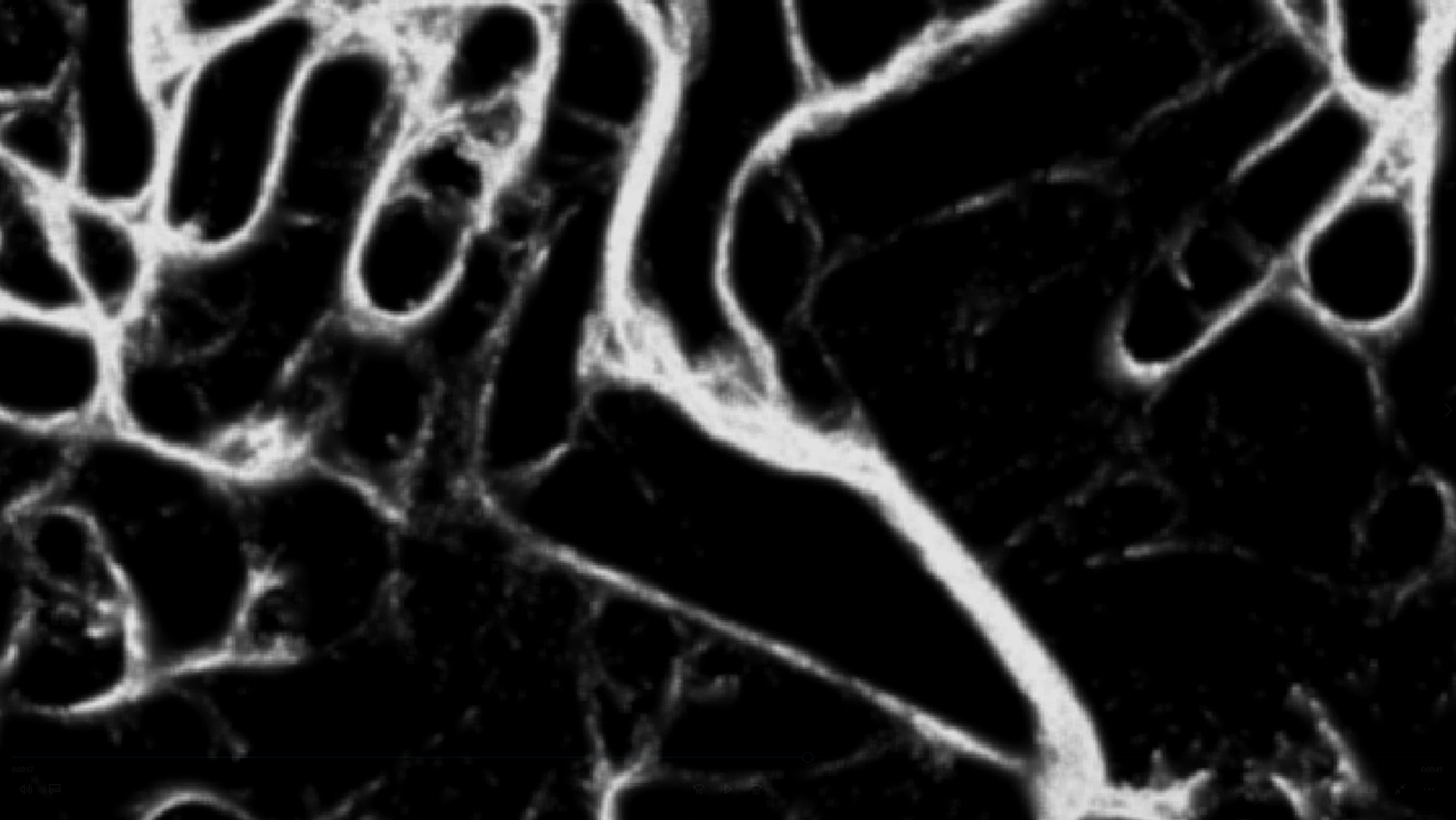
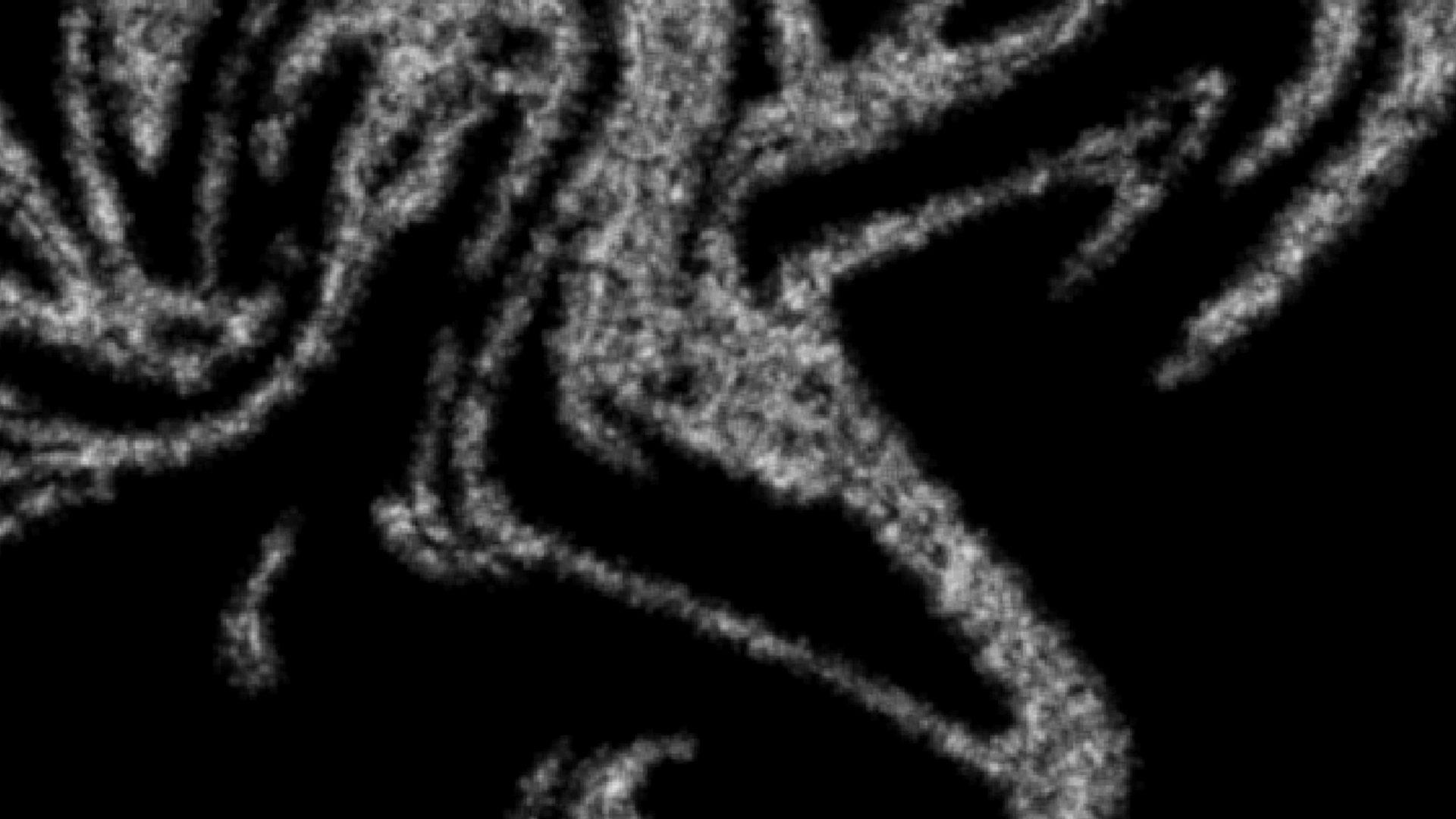
Psycilum distortion applied to vector graphic created in photoshop
What other key approaches, principles and methods used in the field/s of practice are evident within your project?
Another significant theme when developing my visual media was the aim to bring new life to half finished projects I’ve worked on as a designer. To achieve this I exercised my next method, an organic growth simulation. This method simulated patterns which closely resembled that of the behaviors present in nature. I noticed during my exploration that these simulations mimicked fungal growth patterns quite consistently.
What are the implications of these learnings for my own design practice?
The implications of this design practice is that I can bring new life and animation to otherwise unusable design assets. This result is what I was striving to achieve and continuing to experiment with this practice implies that I have the means to finalize this exploration. The added implication is that I can use this methodology to expand and rejuvenate further design assets that don’t make the cut.
What are the key moments or points of insight you gained in the studio?
A key point of insight I had gained along the development journey of my SKO came with one of my last Quickhit projects, Quickhit 6 - Audio design. During this Quickhit we were required to interpret and respond to the following words, Environment Emotion and Engagement.
For this project we are required to venture outside to get some fresh air and some inspiration for this project. We also are tasked with including an audio element in our quick hit project to spice things up. This could be a recording, a tune we made, or an audible sound bite from alien transmissions across the galaxy.
The audio I captured came from various videos I took along my ride, four of these audio clips came from videos of me riding in an assortment of locations on different surfaces. Some rolling on sandy dirt with birds chirping in the background, and others on paths along the river or road. The second to last audio clip came from a video of a river flowing while the last clip came from a video I took of ducklings swimming in the same river.
My first idea was to utilize the audio I had captured and see how I could process it through a spectrogram. After some experimentation, while I had managed to create some visualizations from my audio, I could not see where the concept or media could progress.
I started to experiment by using different filters and parameters in the sonic visualizer software I had downloaded allowing me to visualize the audio. After thinking what visual element I could use in conjunction with the audio I had put together, I decided to stop overthinking and just use the videos they came from.
So now I have three pieces of work, my audio, my spectrogram graphs and my videos, I put them all into Premiere Pro and make a nice graphic soup. I achieved this with use of blending modes, cross-fades, as well as animated transformations to scale, rotation and position.
Why are these moments significant to your design practice process and outcomes?
Essentially, I transformed my audible component into a piece of visual media by capturing it’s visual signature, which gave me something new to work with. This moment was significant in the development of my visual media process because it gave me a new perspective on the dimension of the media I could work with. I was stuck thinking of ways that I could continue the half finished material in it’s original format. From this point I started to consider how I could explore my media in another way.
With this principle and perspective now present within my design process, I approached my design concept on an entirely different wavelength, even switching up the software I was using to one I wasn’t familiar with, After Effects. It was because of this paradigm shift that I discovered the tools to create my outcome.
Where there any additional insights you gained through this studio?
Another significant point in my design process was towards the end when I hadn’t quite figured out what direction I was going to take. At this point I let go of my ego and fear of failure which is the step that allowed me to truly express myself within this project. When I stopped caring about what someone else would like, and designed for myself, my design started to come naturally.
How do your insights into the approaches, methods and principles gained through studio benefit your future practice?
The new insight I gained relating to how I view the format of a design, has provided me with a new lens to view the world through and helps me navigate problems outside of my life as a designer. Sometimes going into a design process without what you want to achieve can be liberating and help you express yourself in your design.
In the future I want to take this project to the next level as I now understand the technique and process to make it work. I aim to bring my installation to restaurants and bars to share my work and philosophy
with others.
